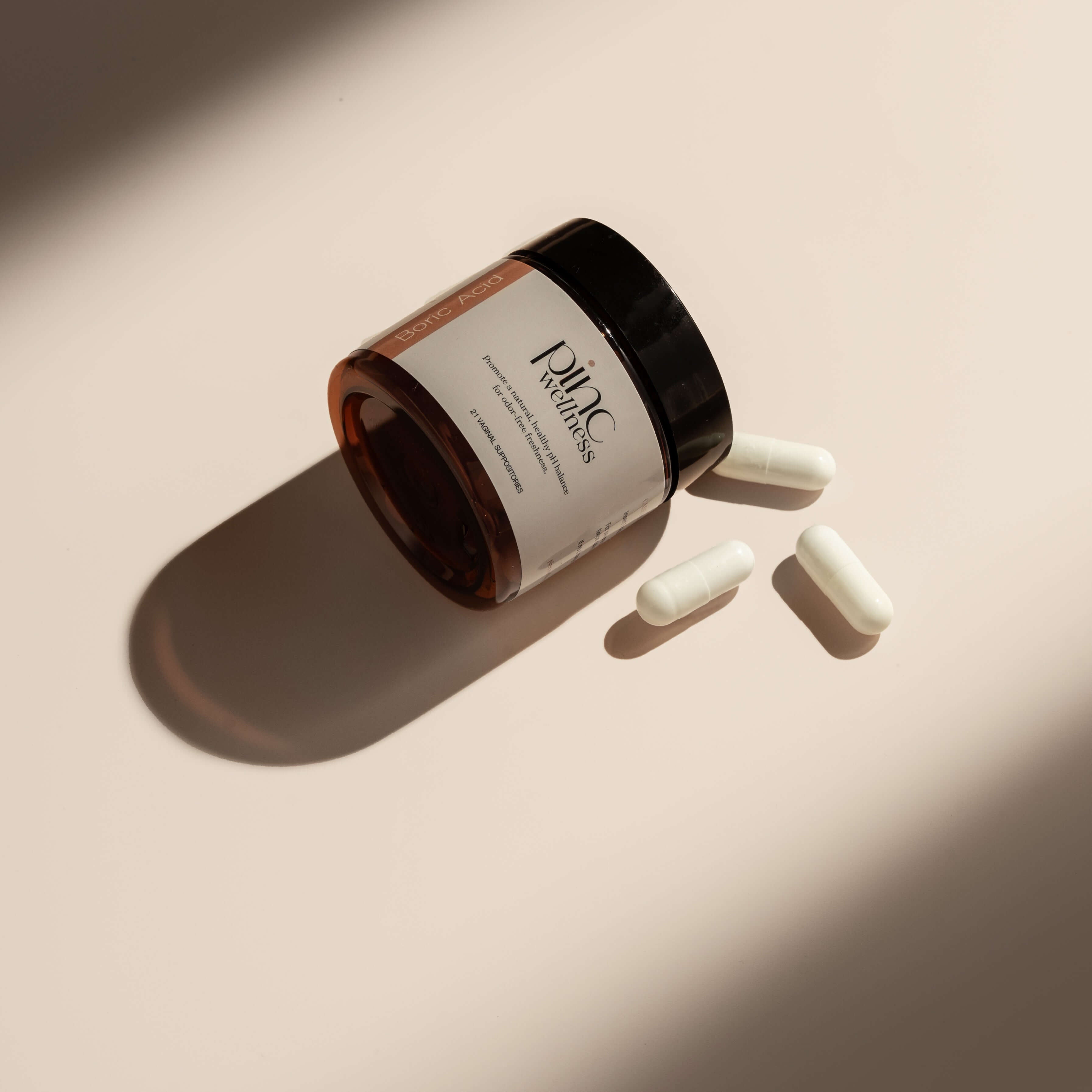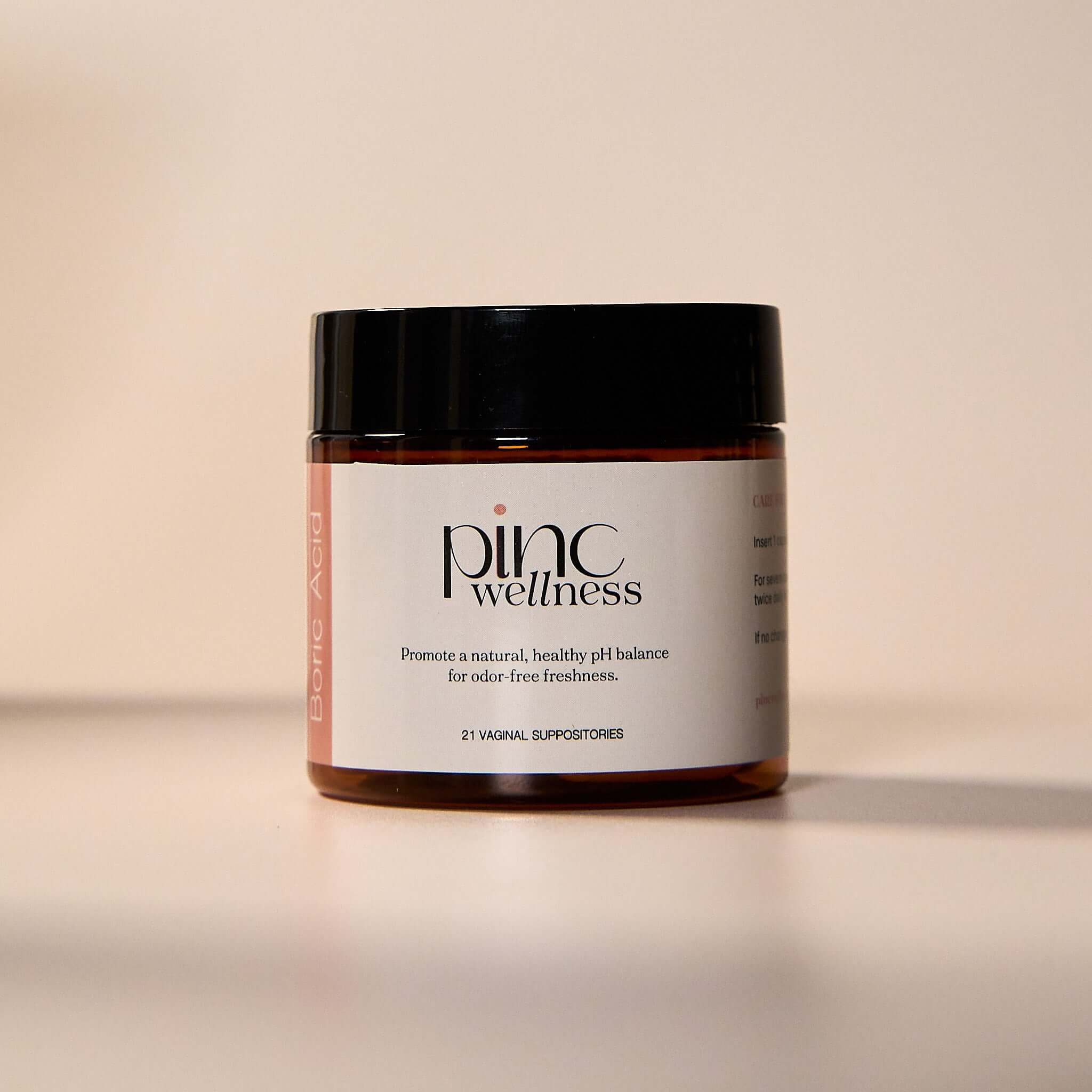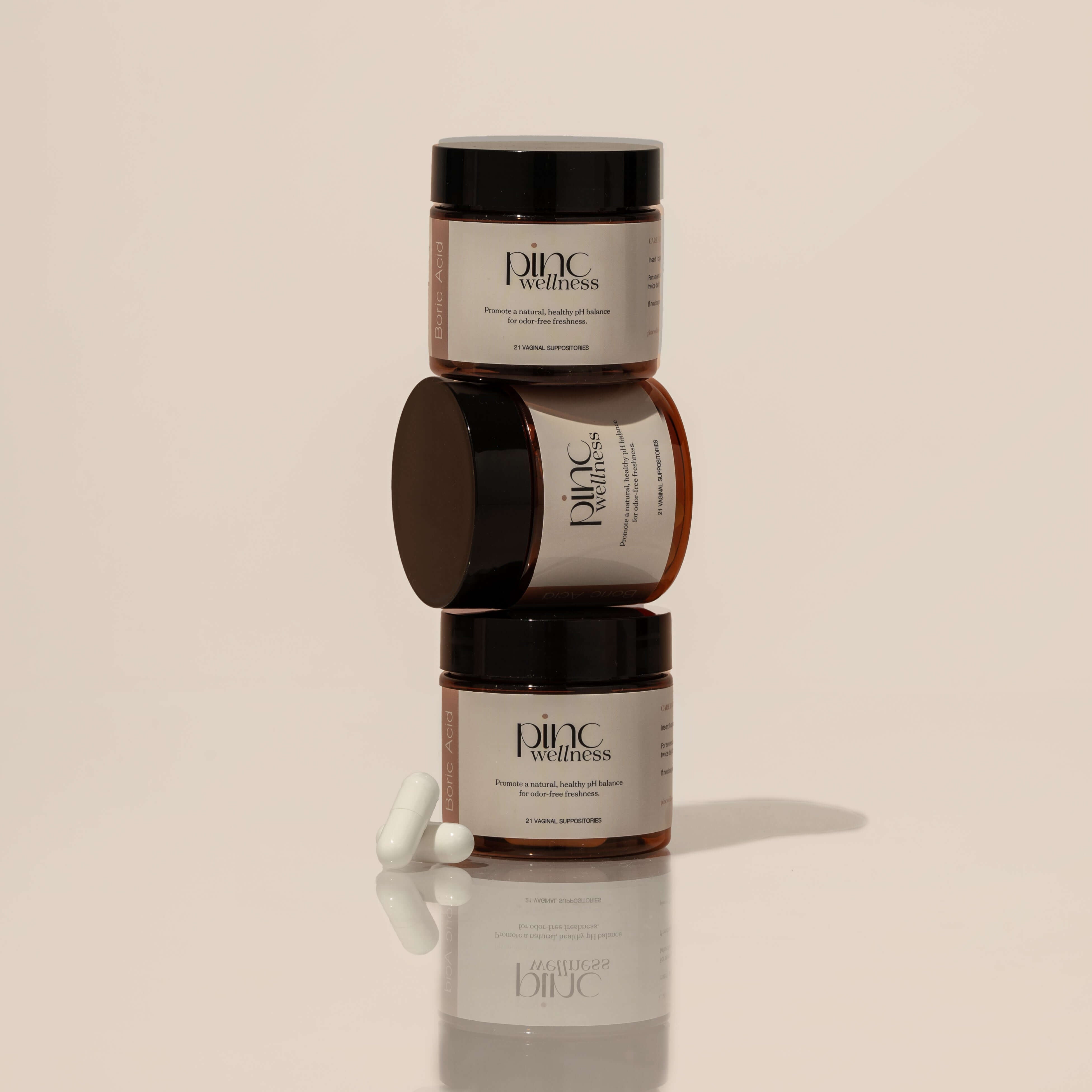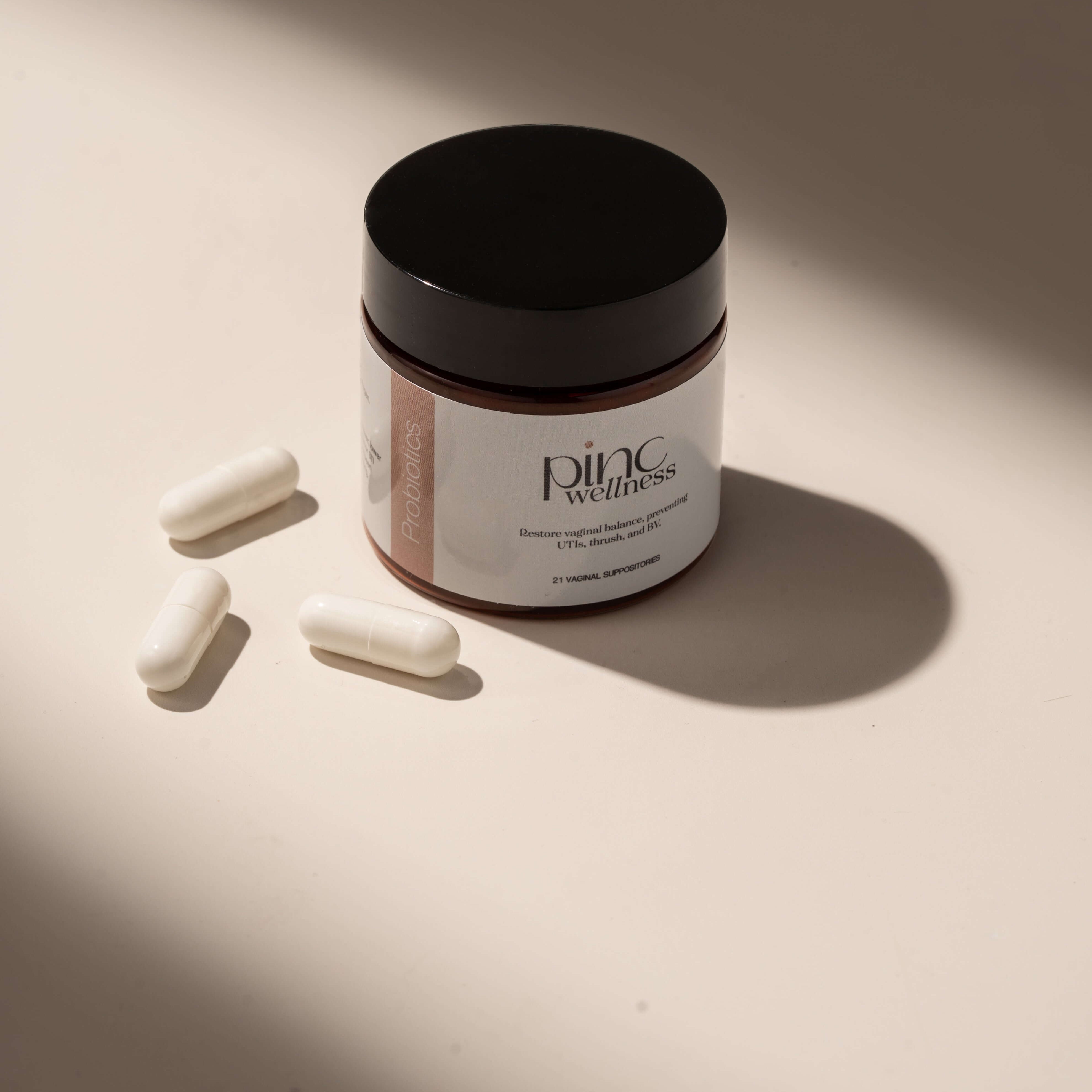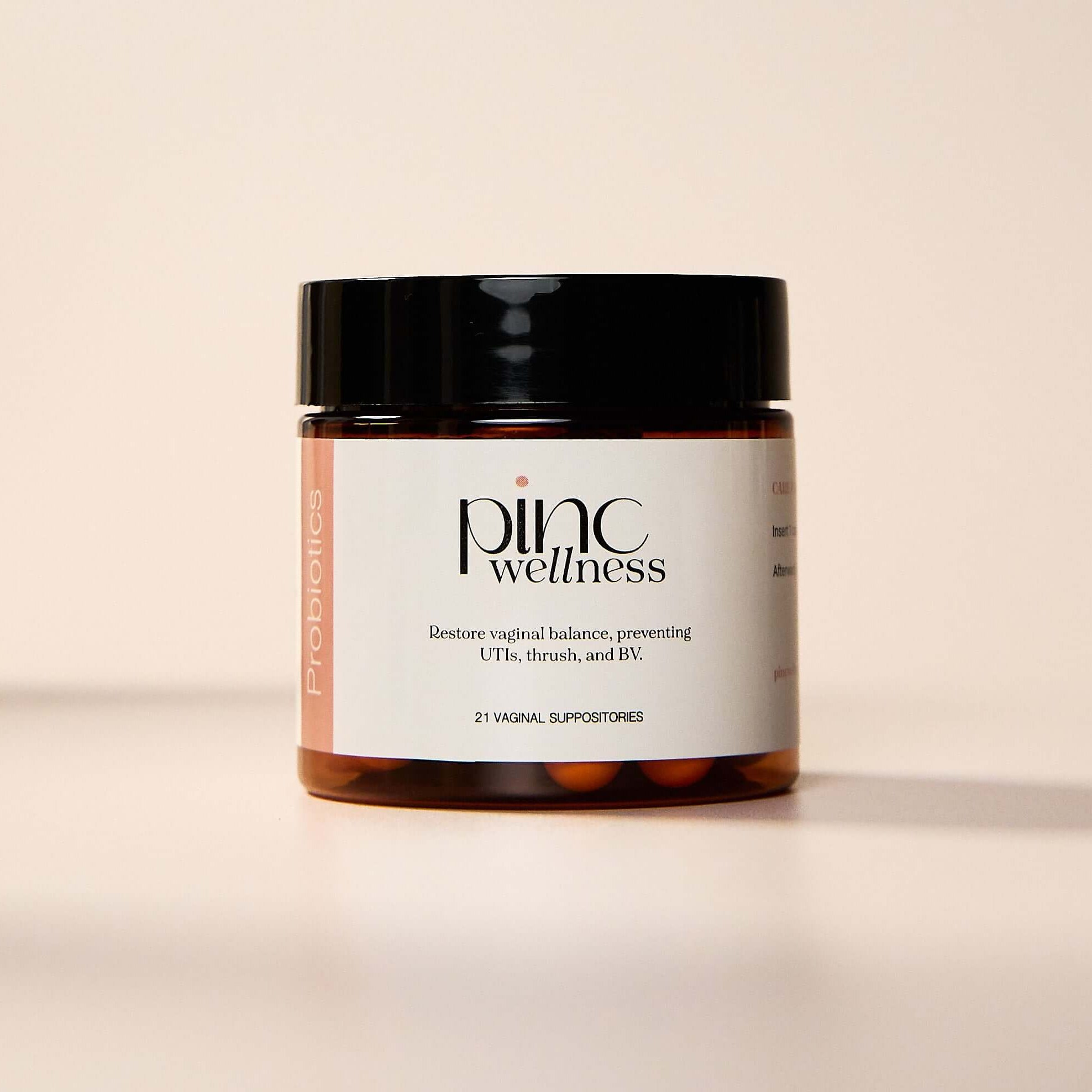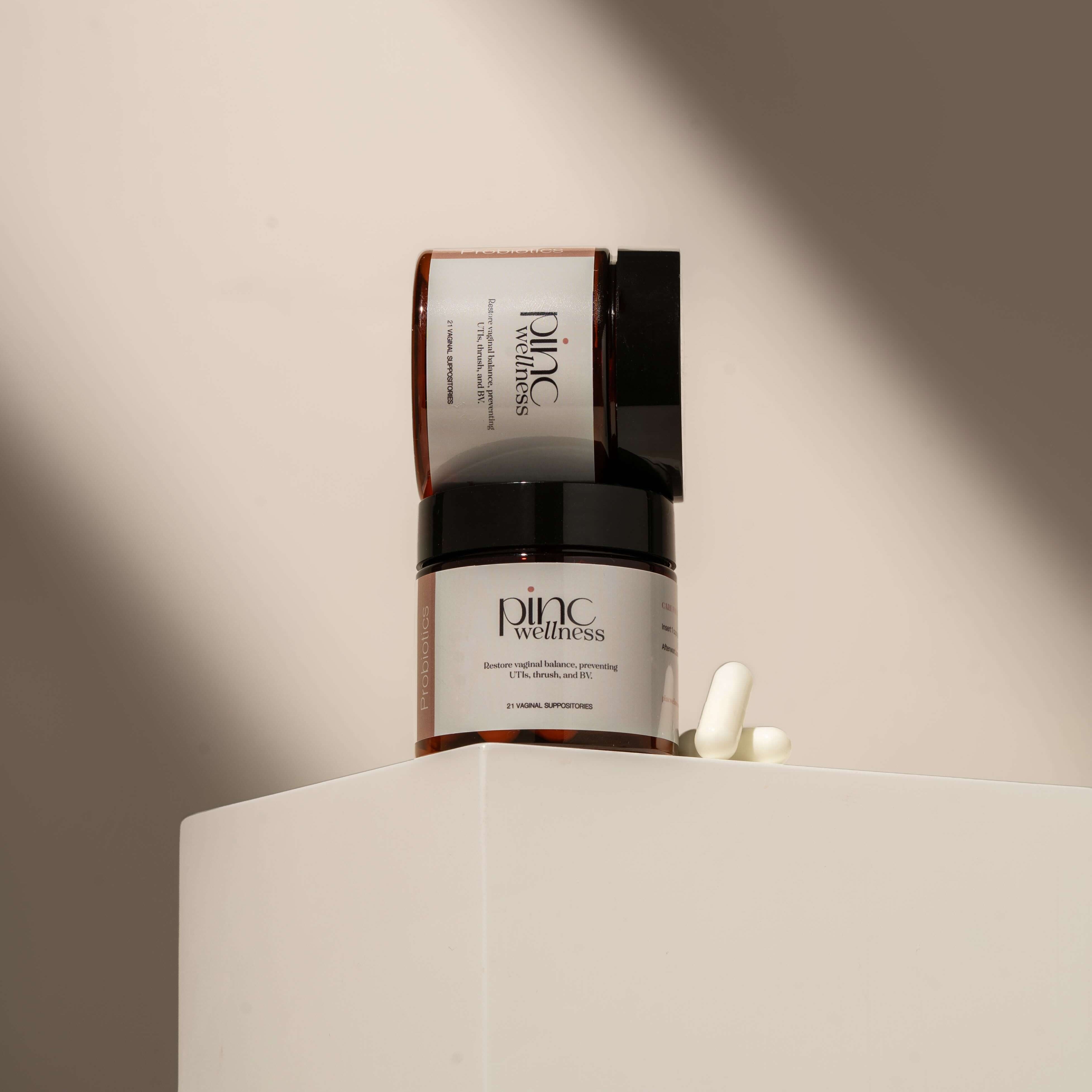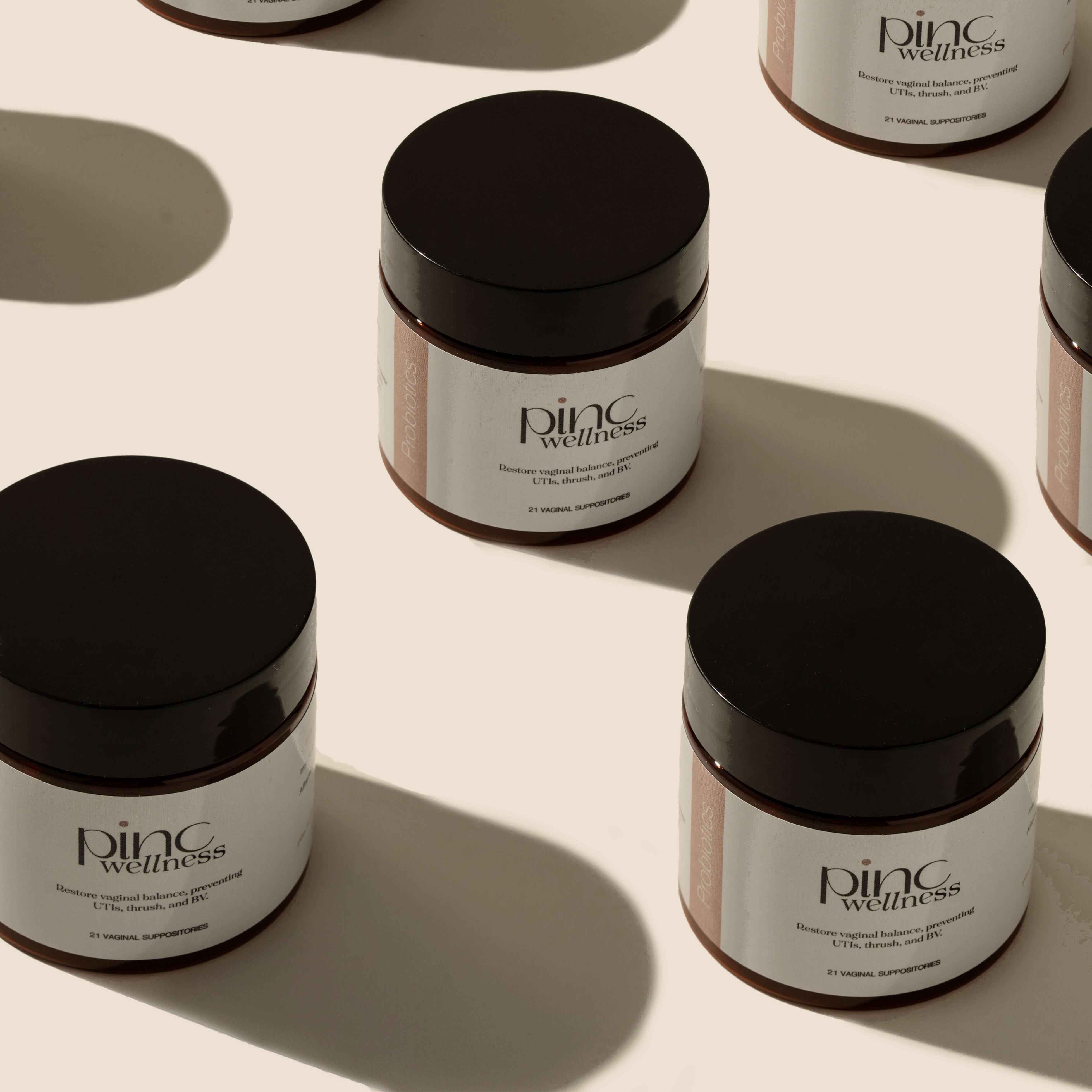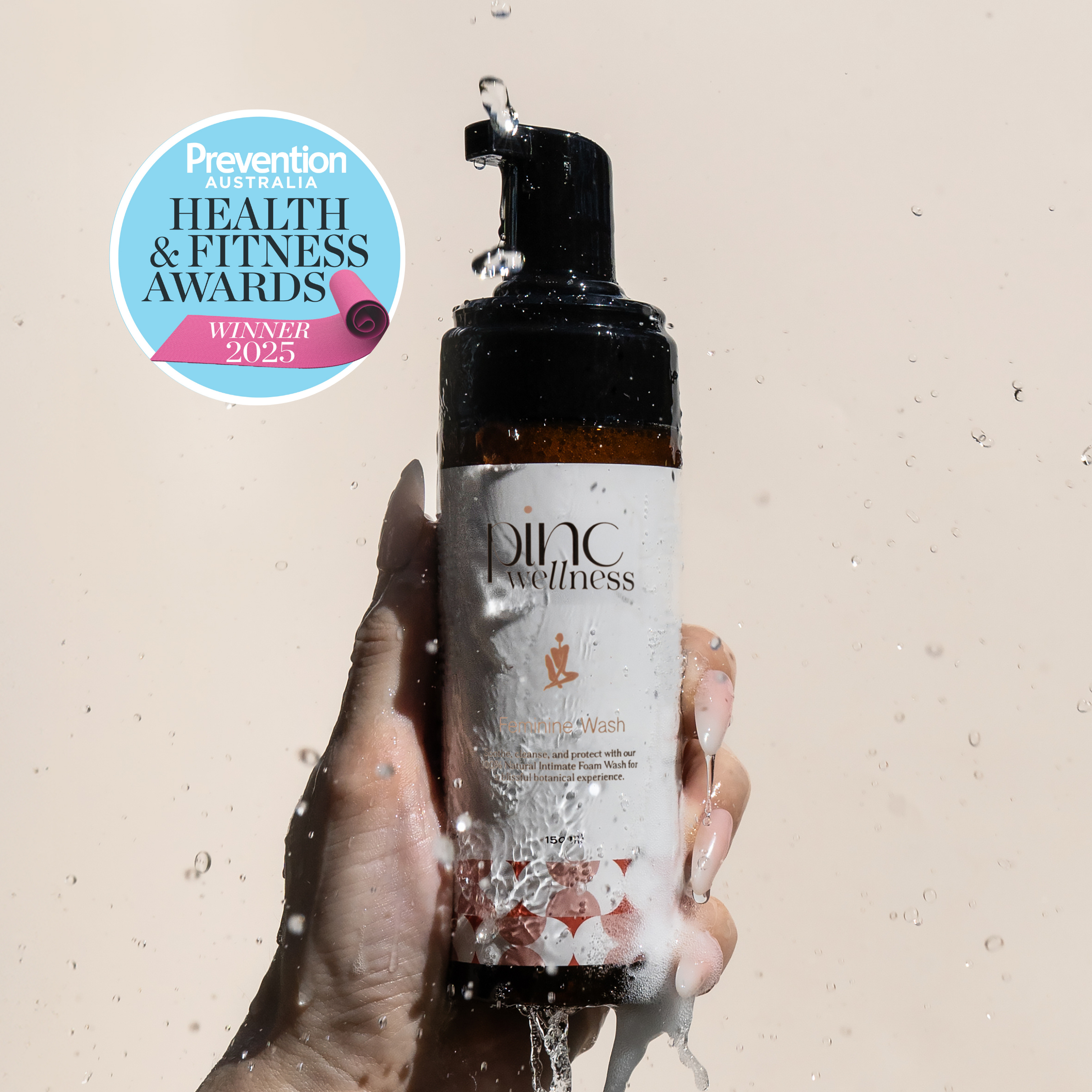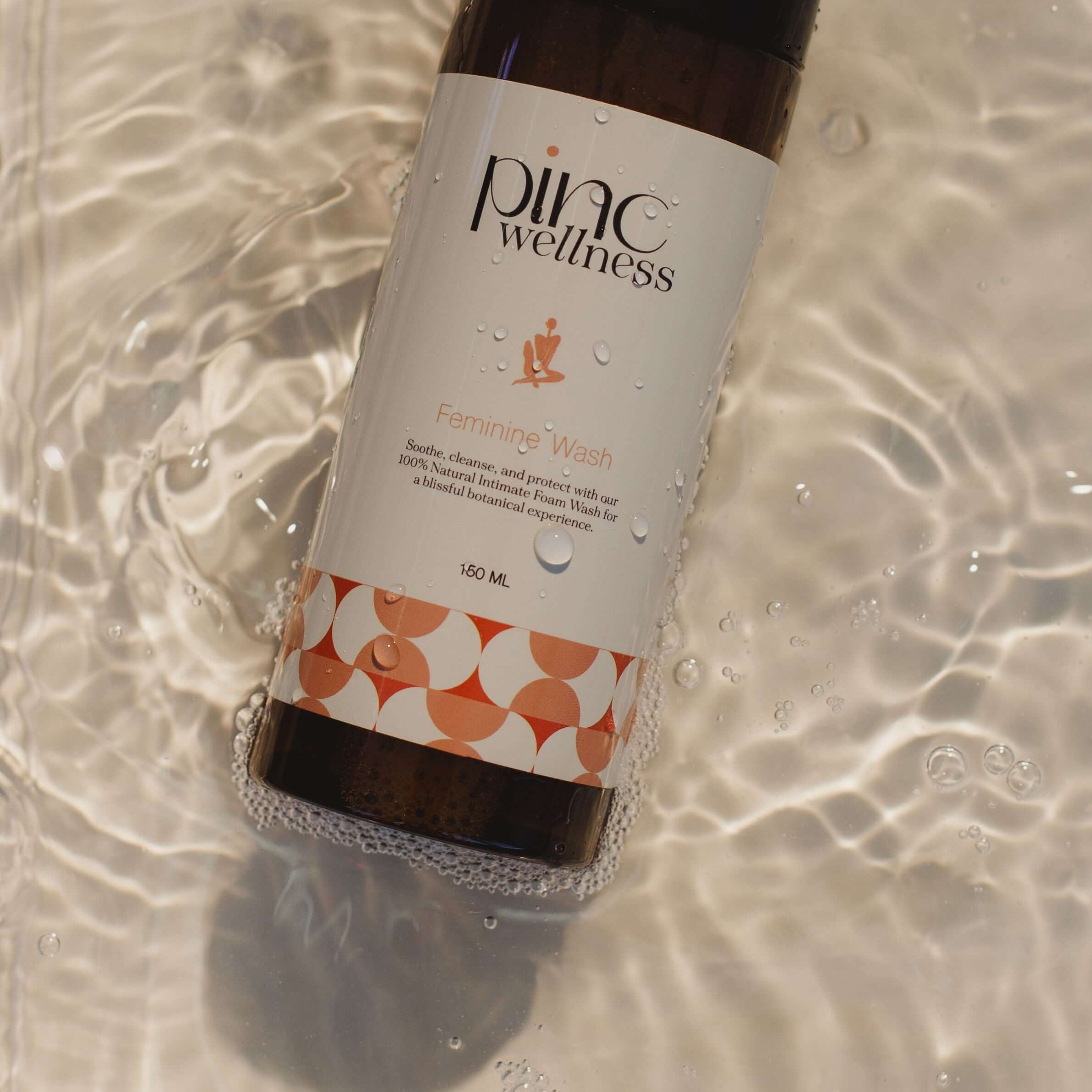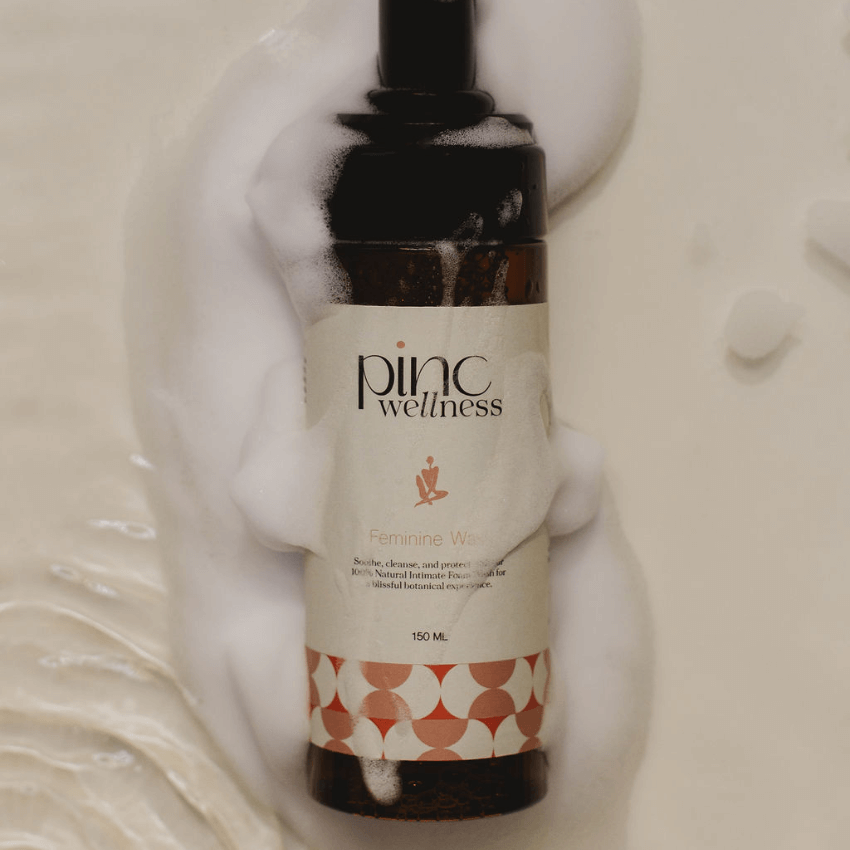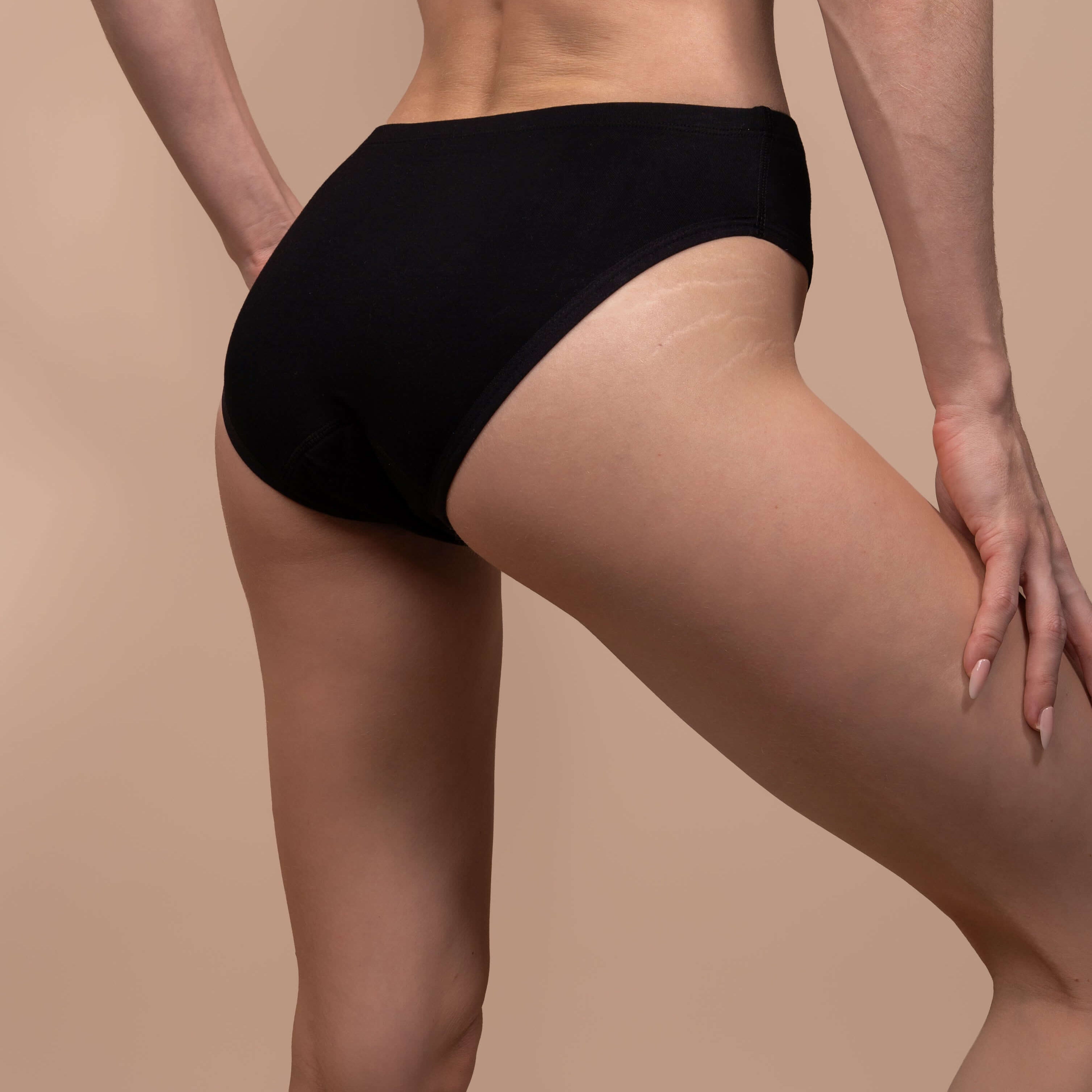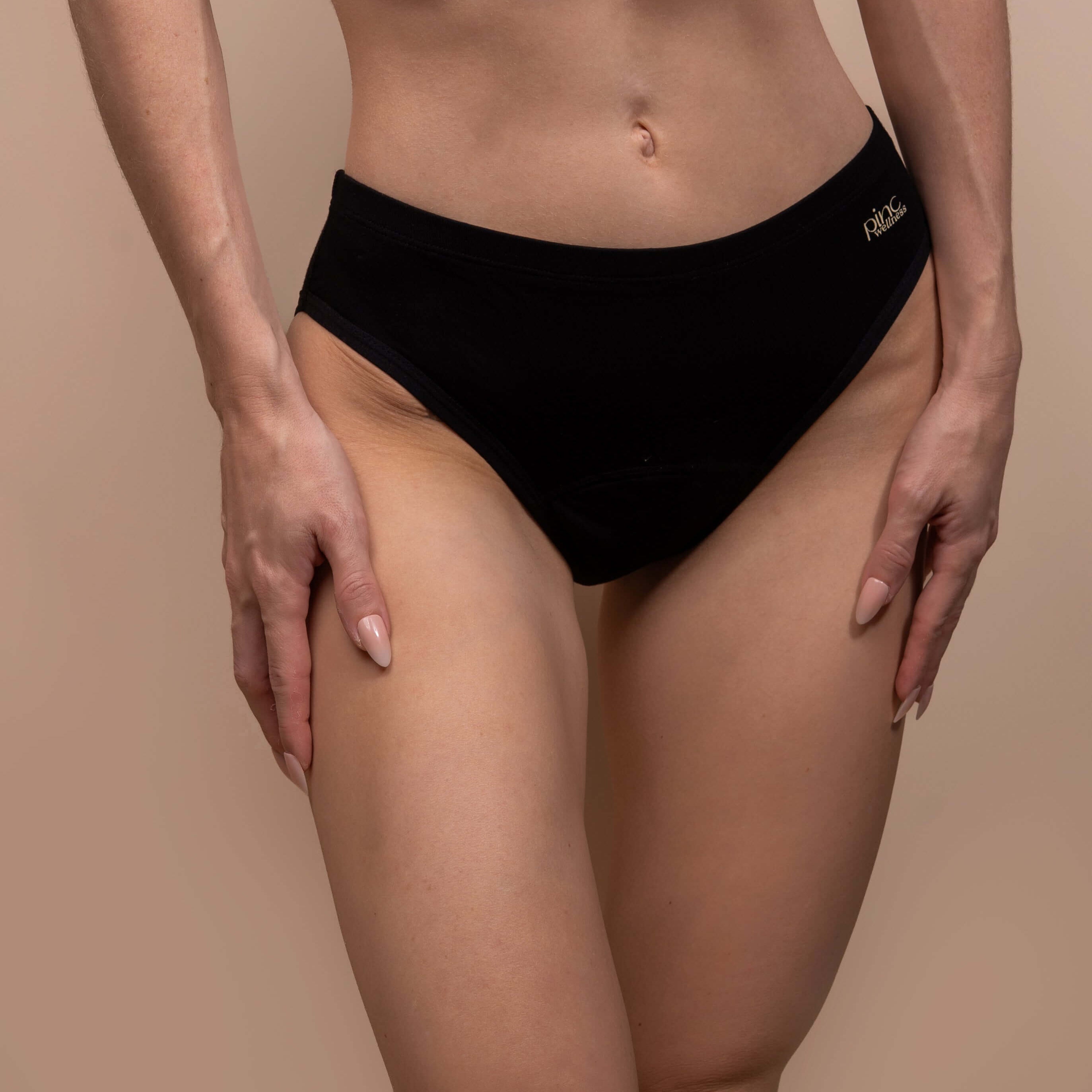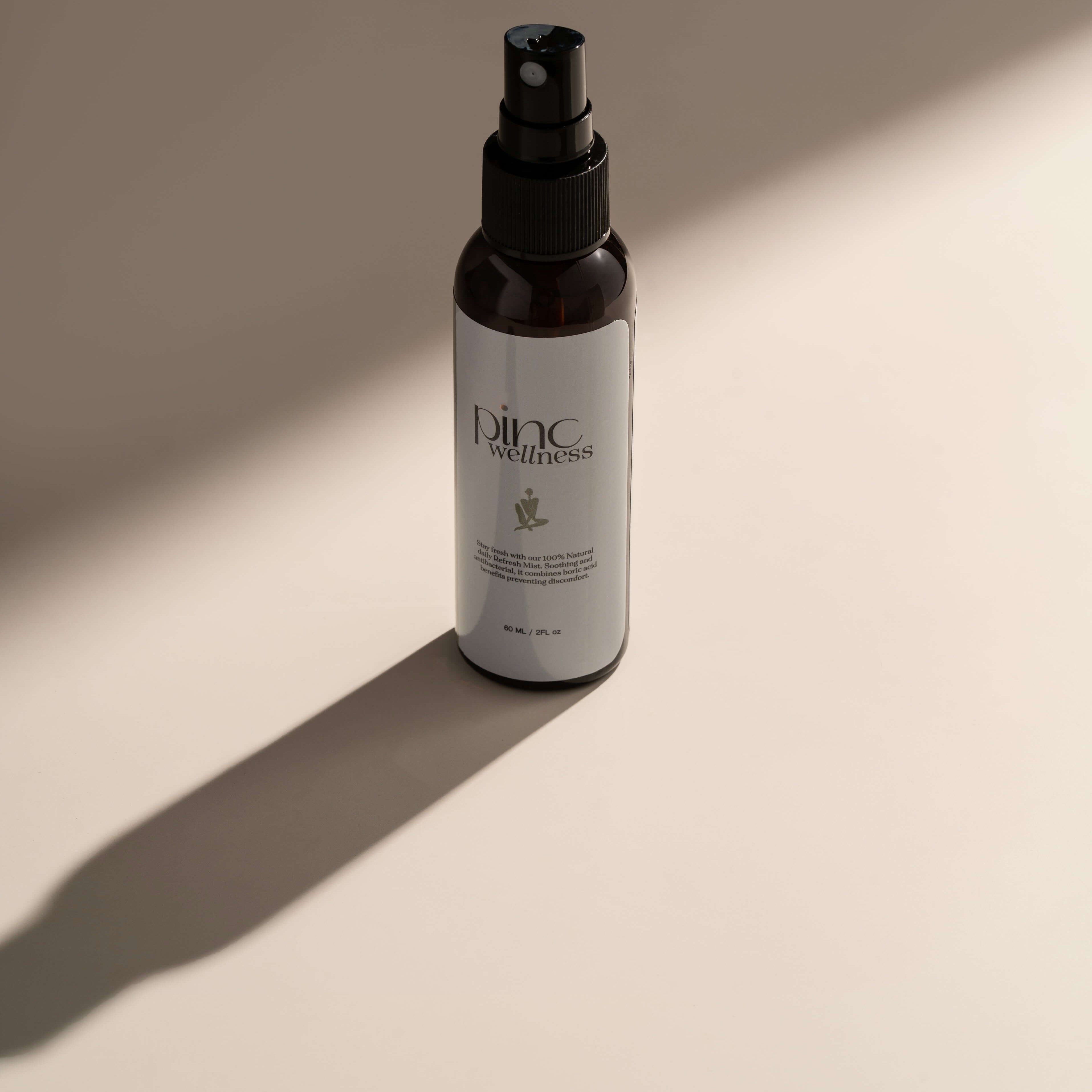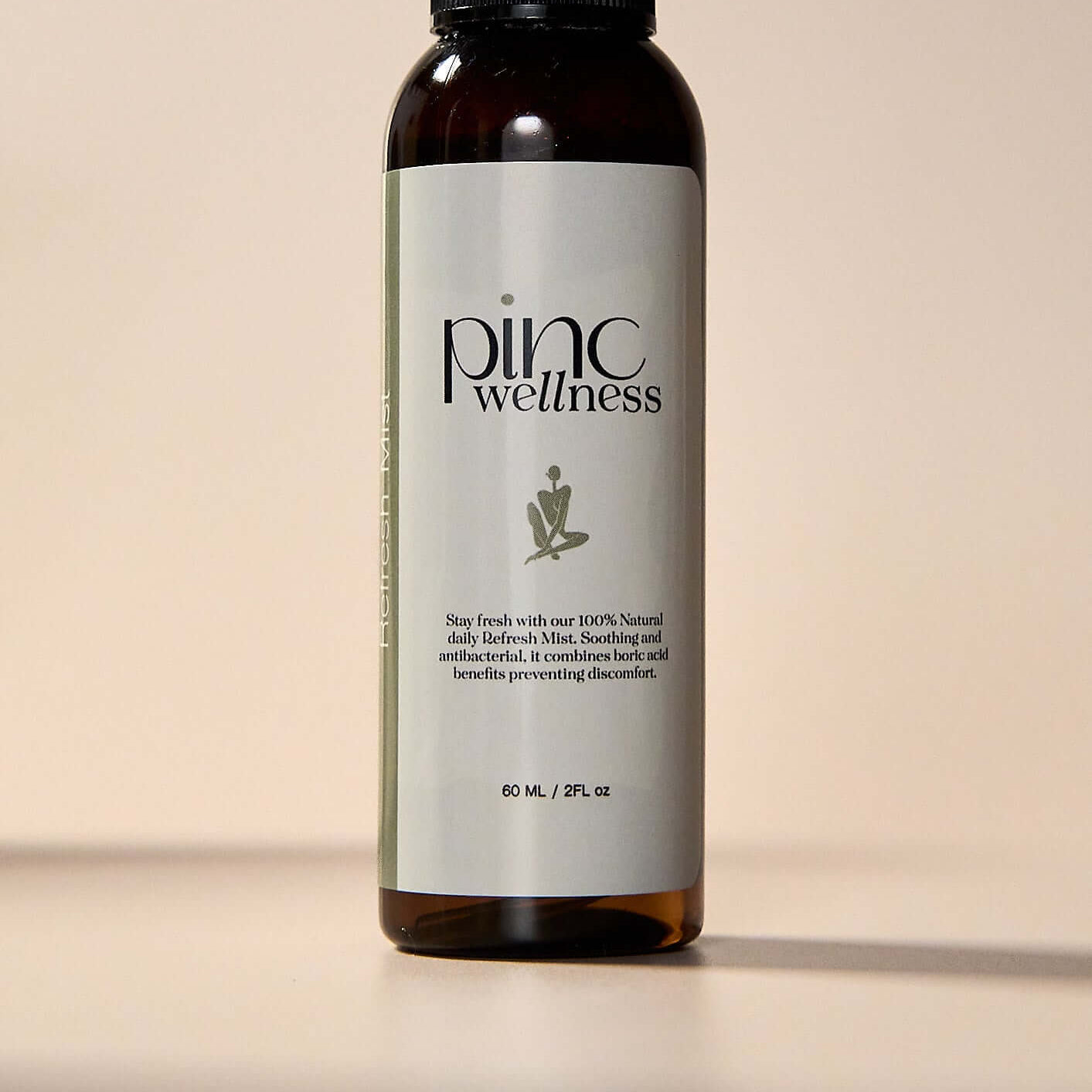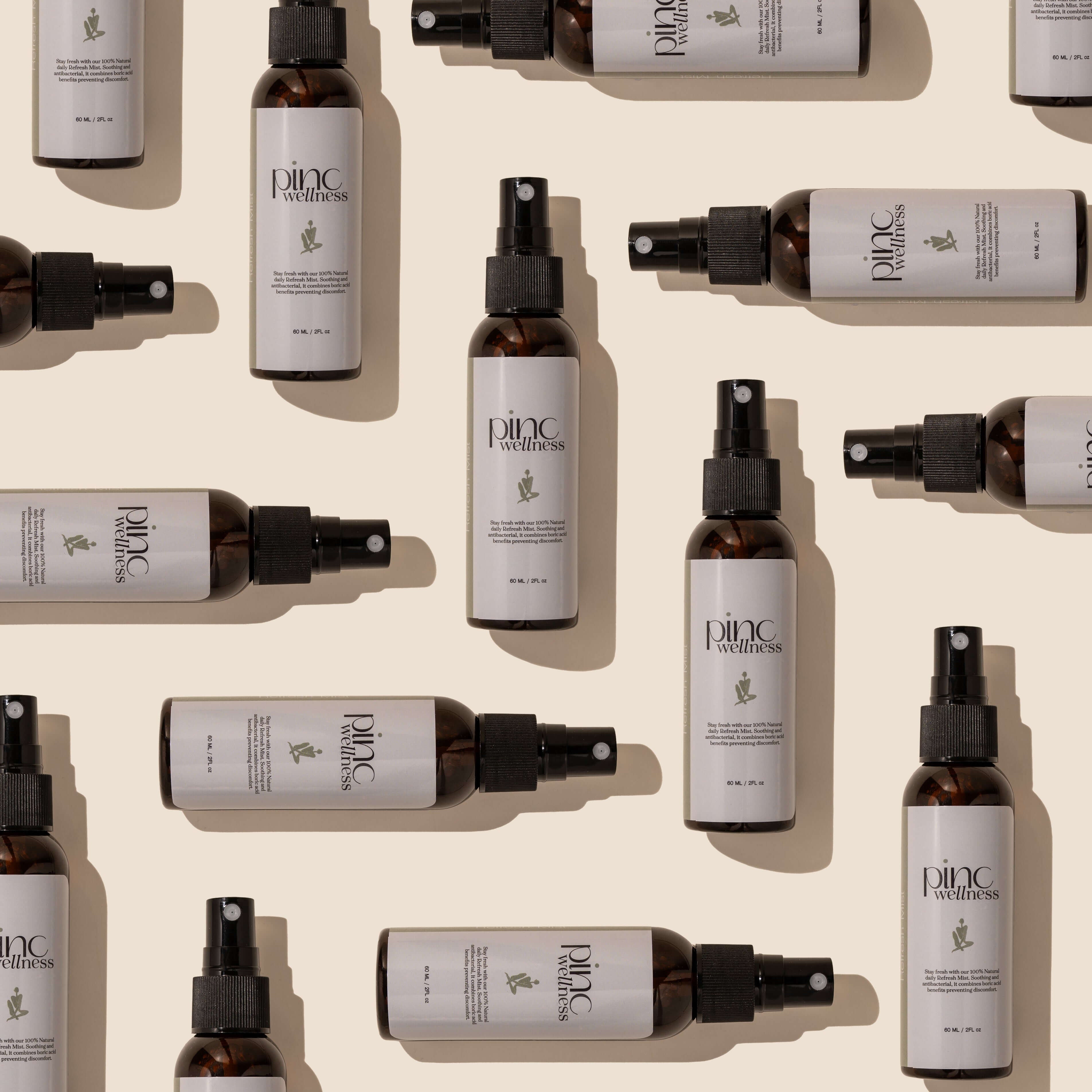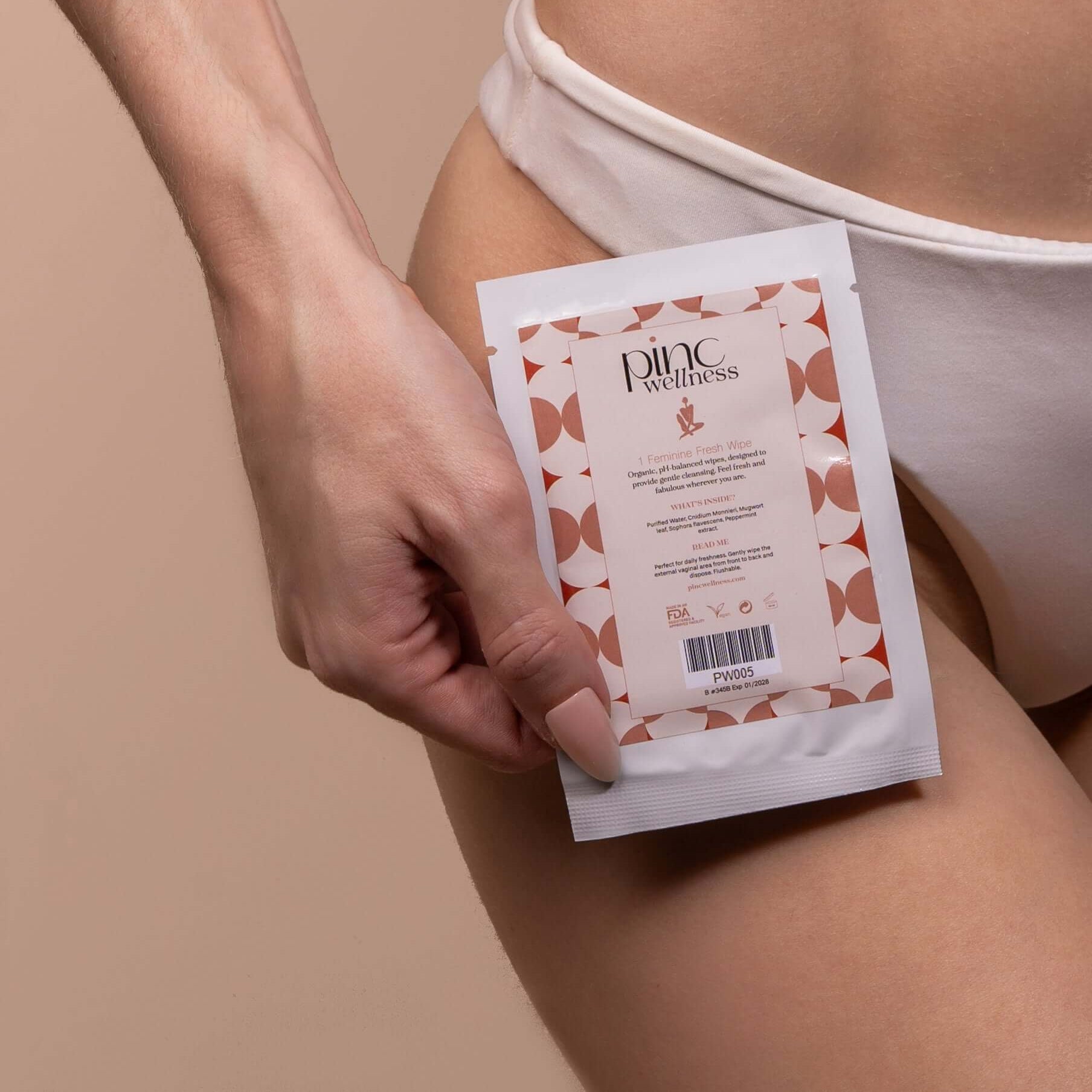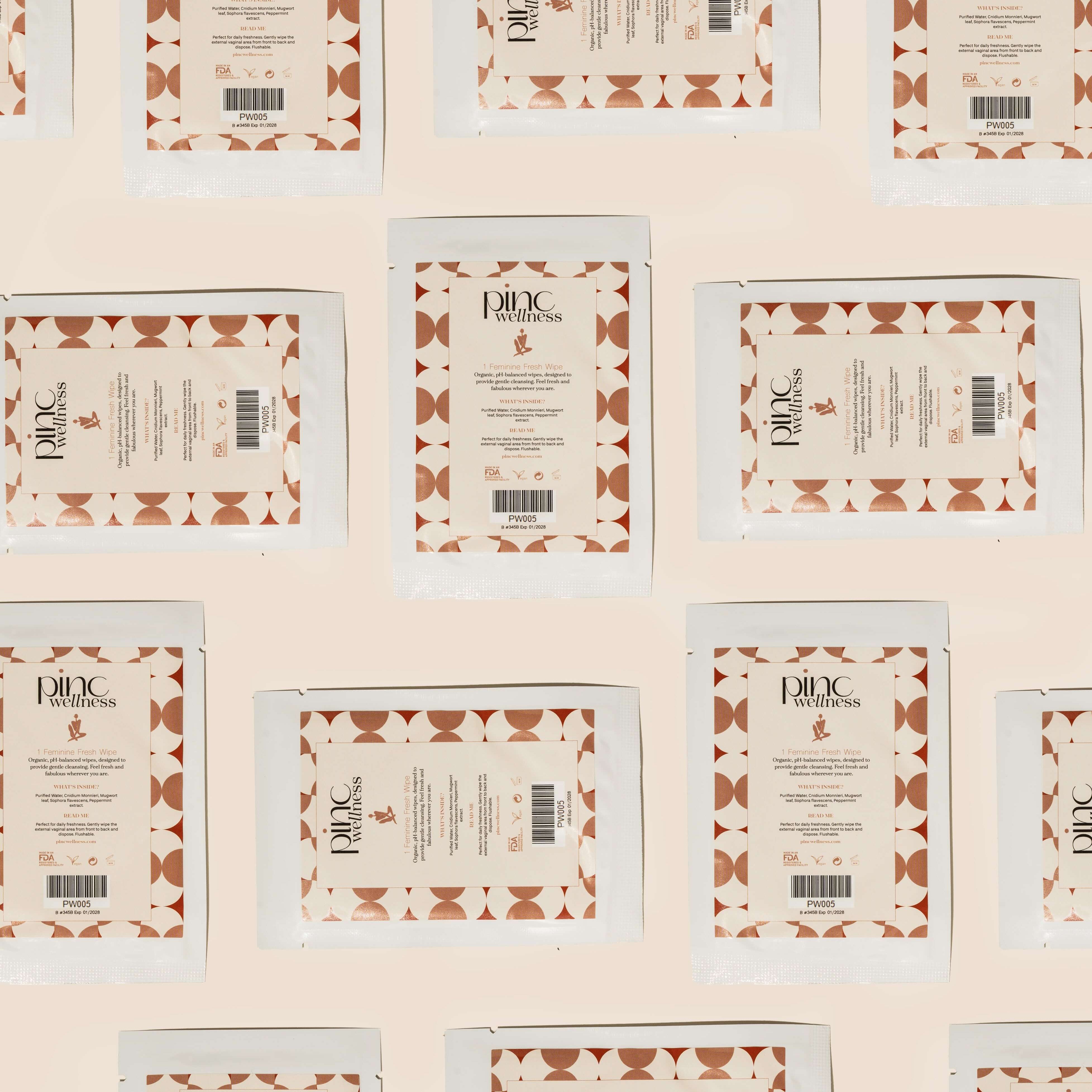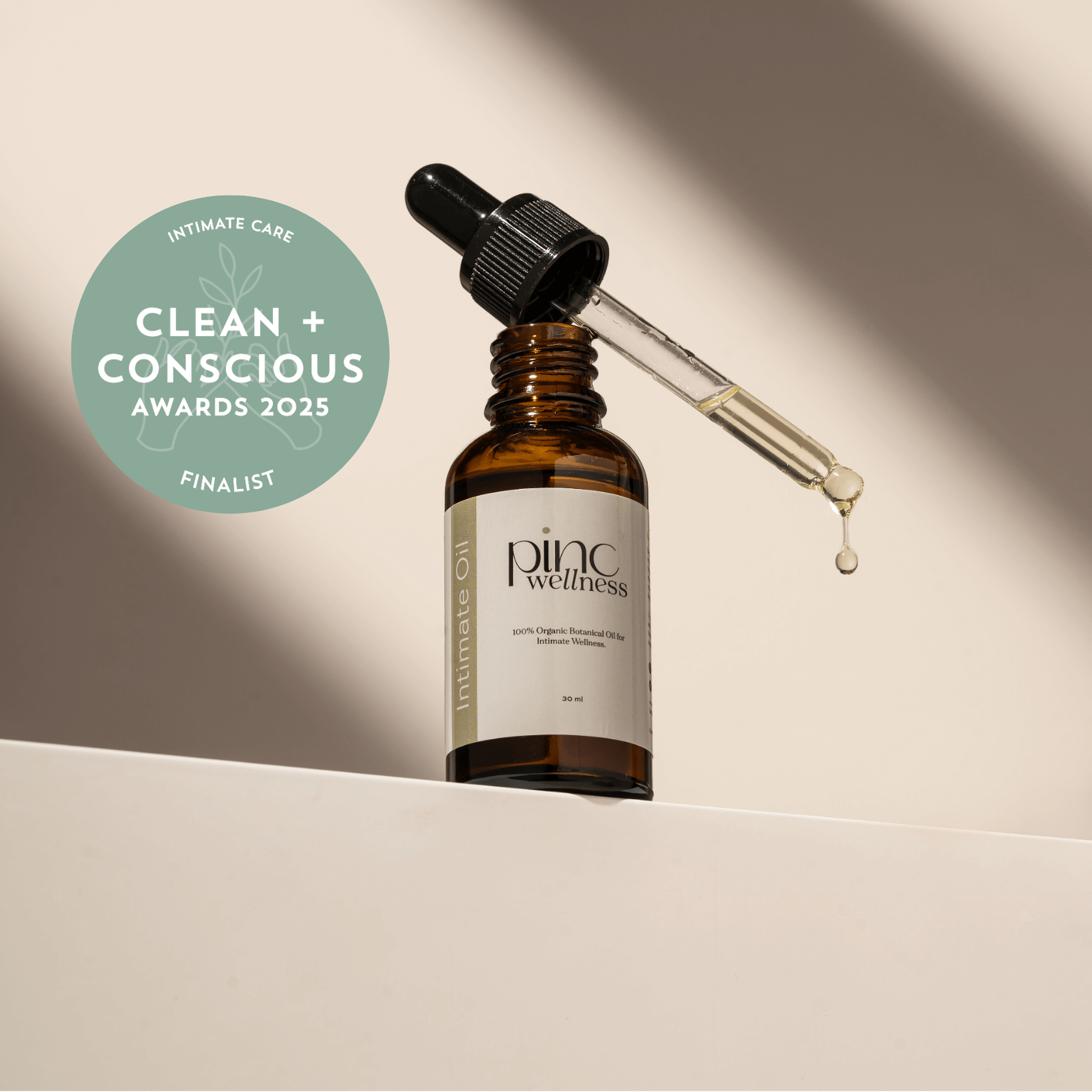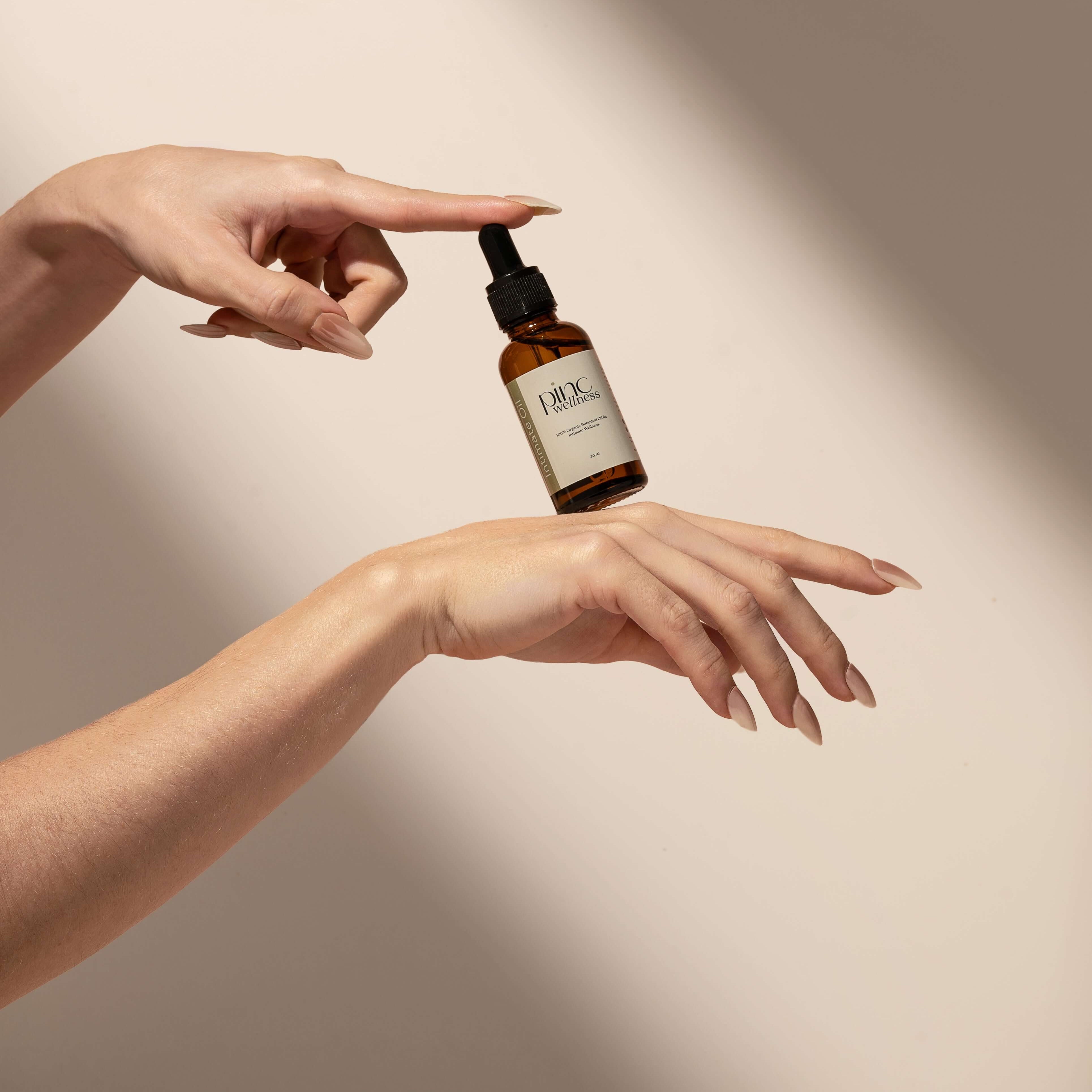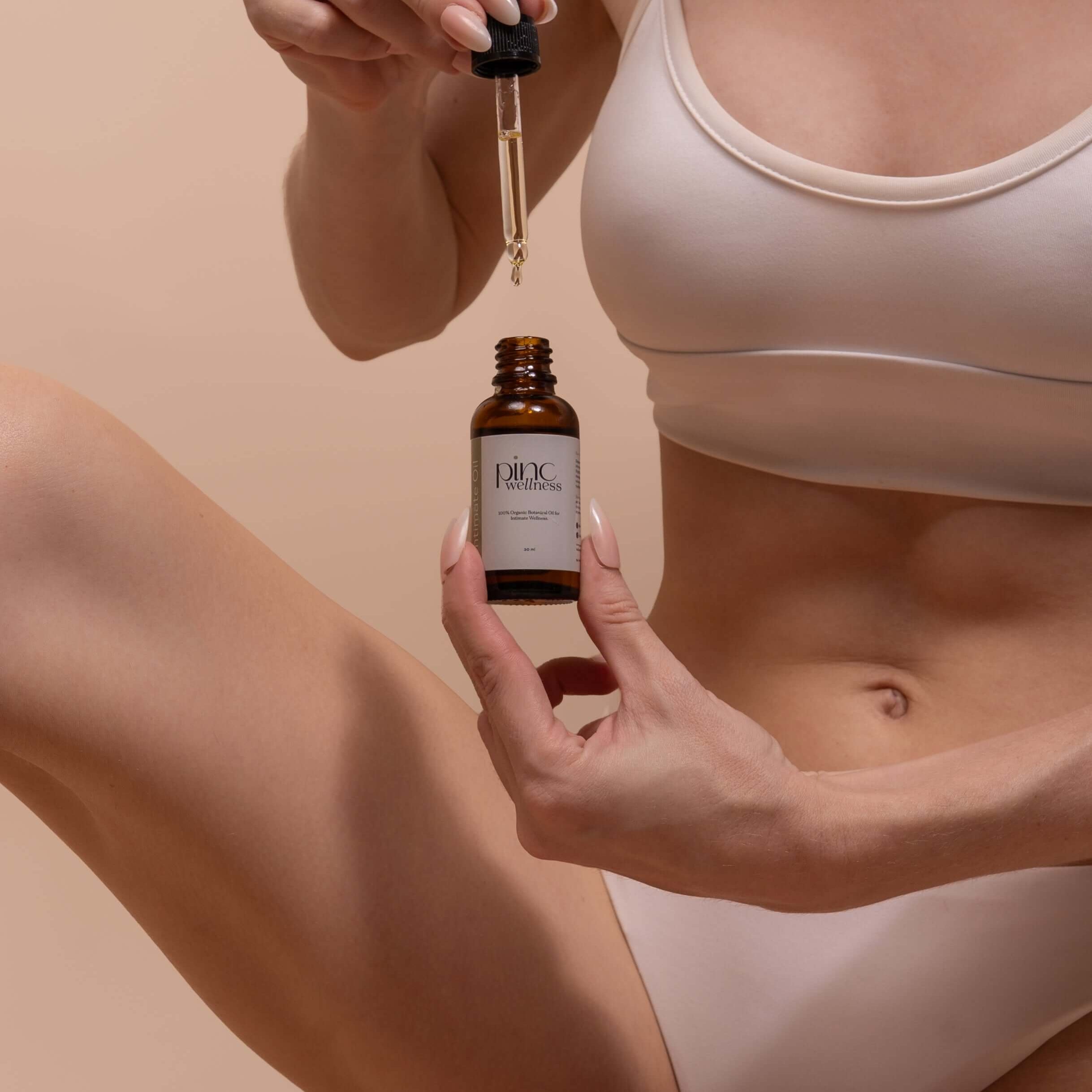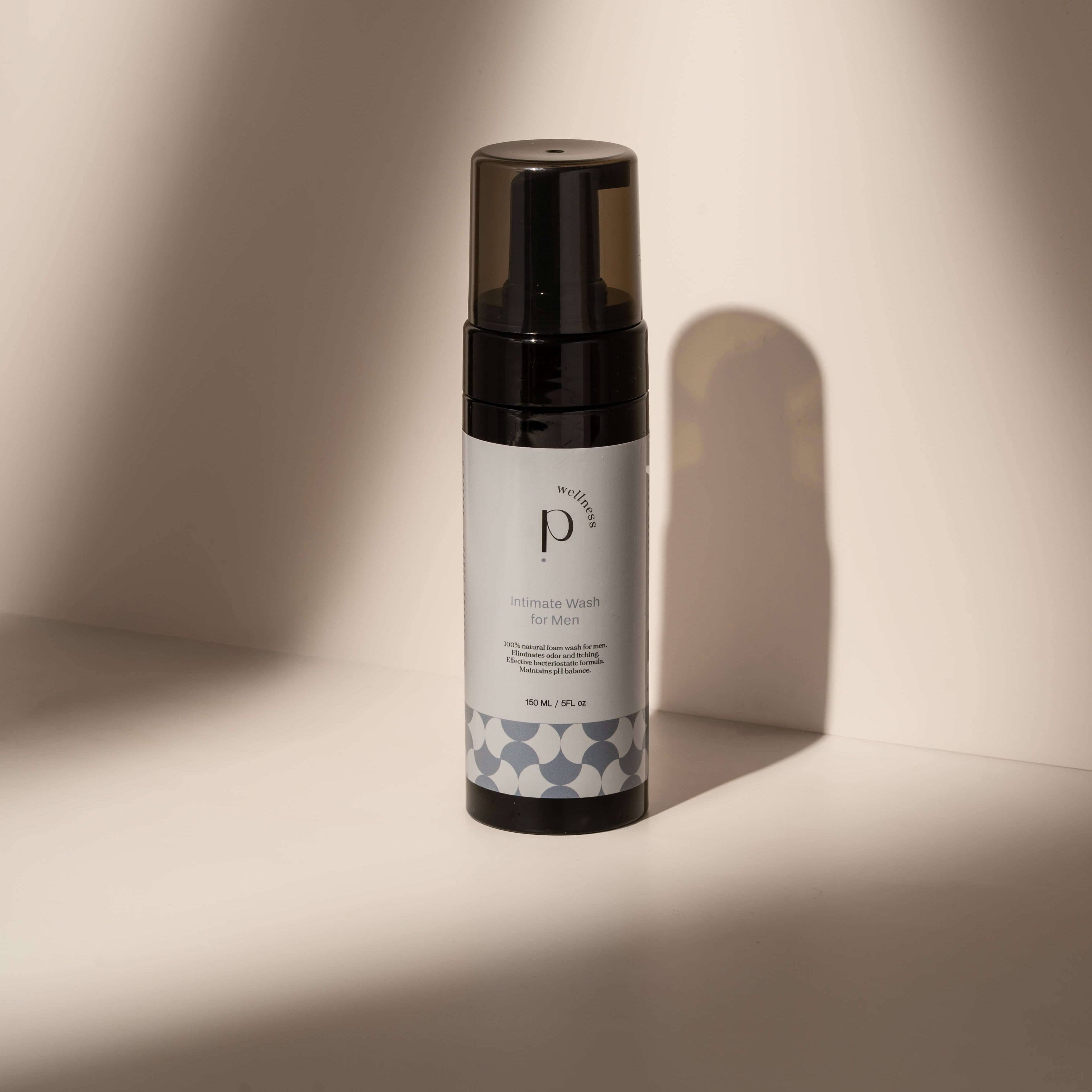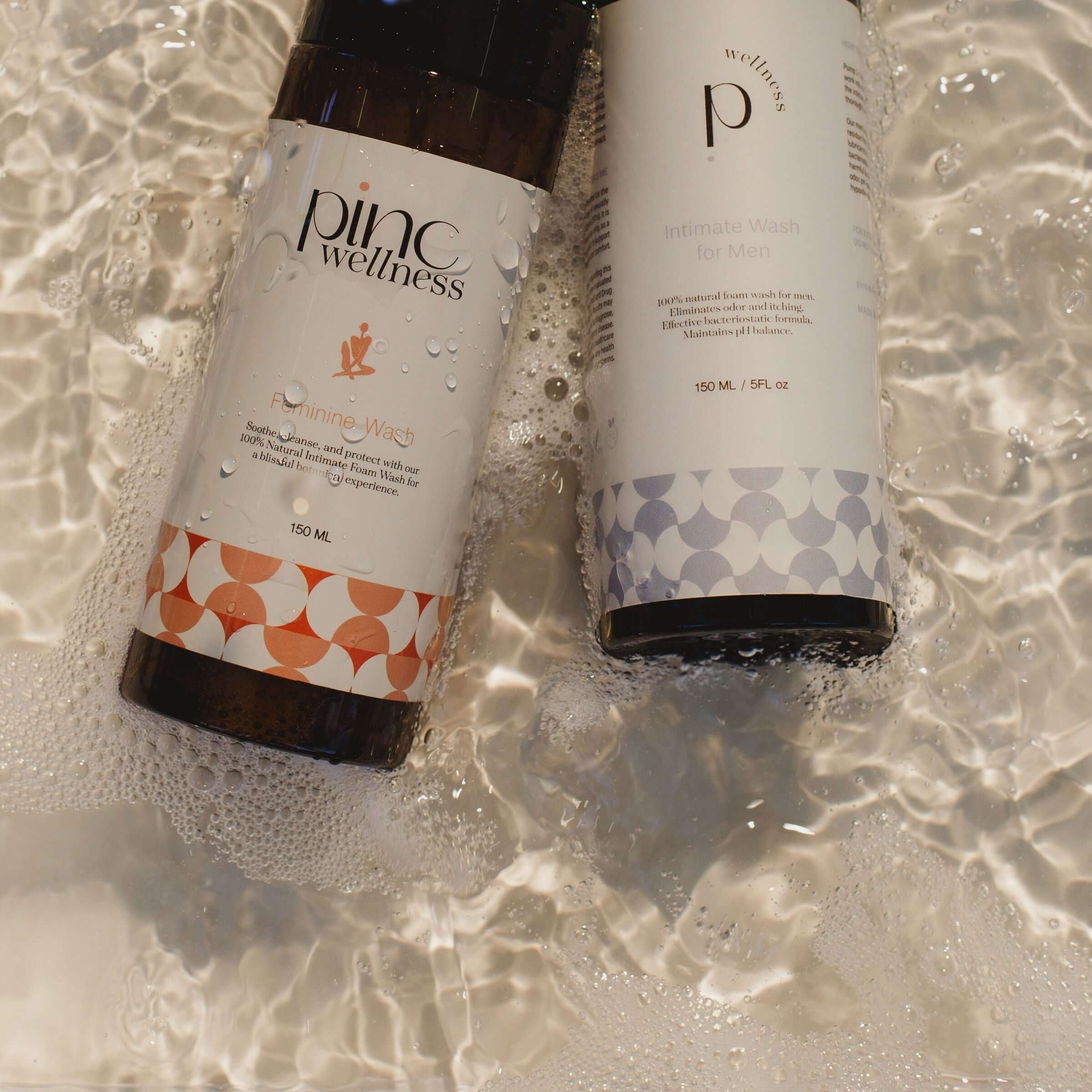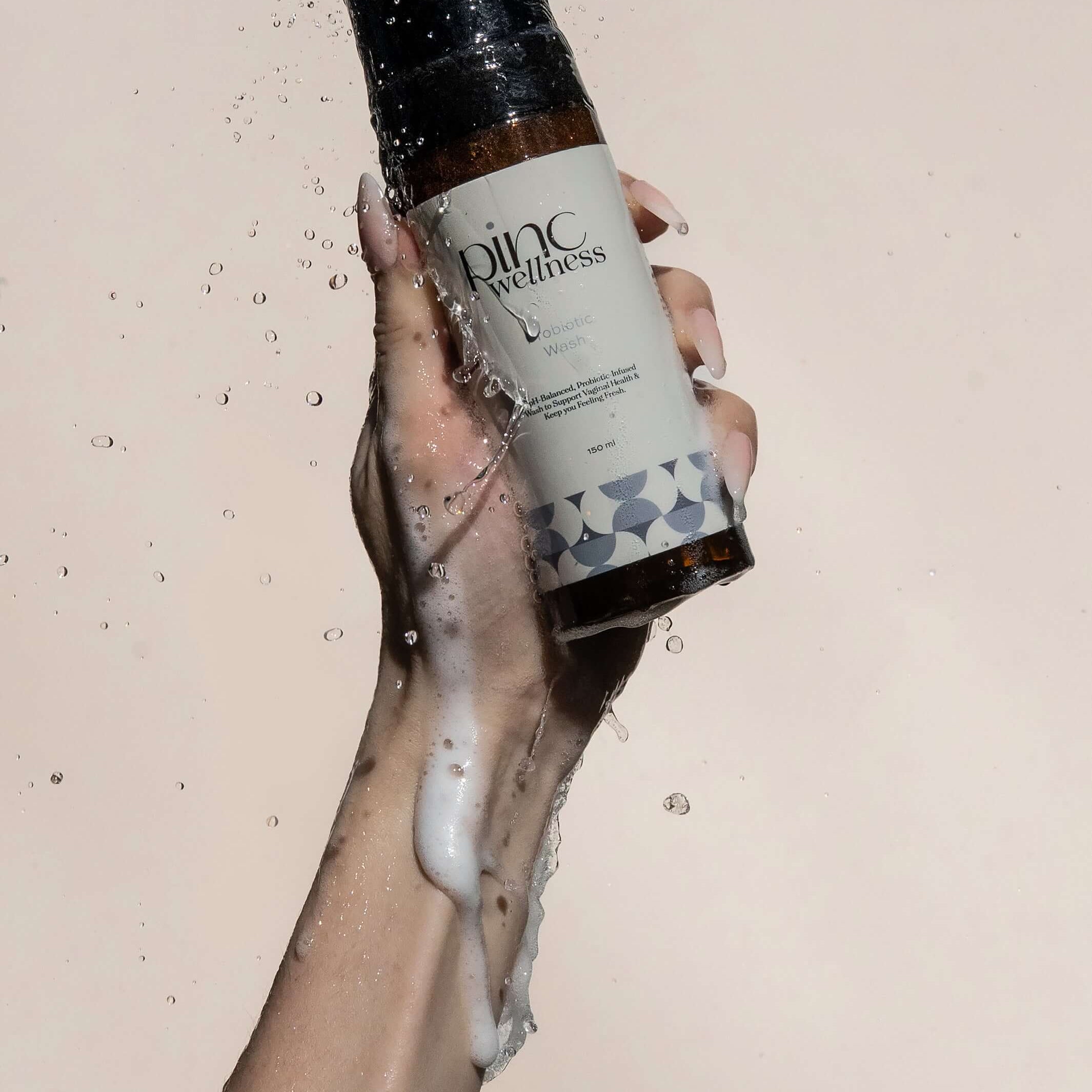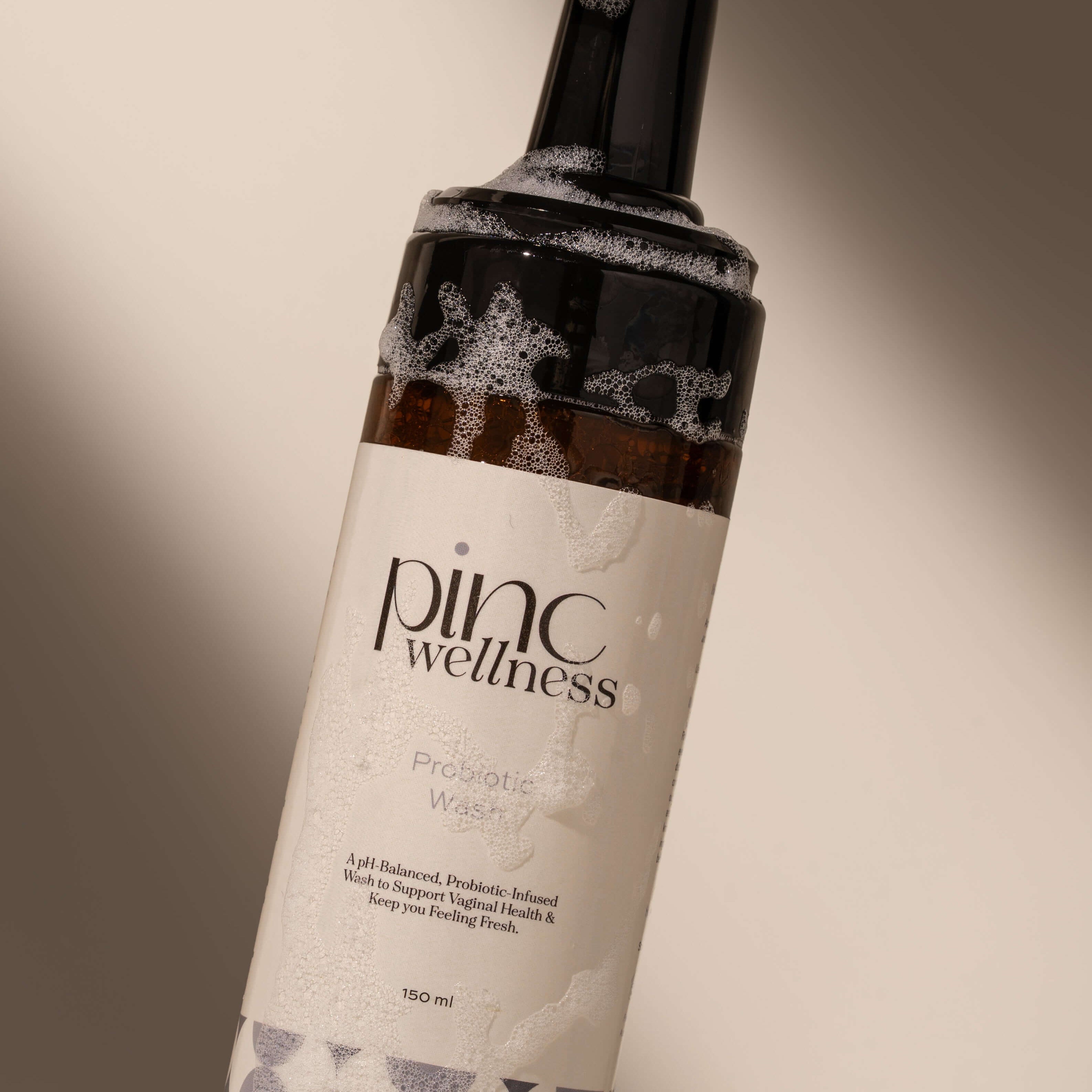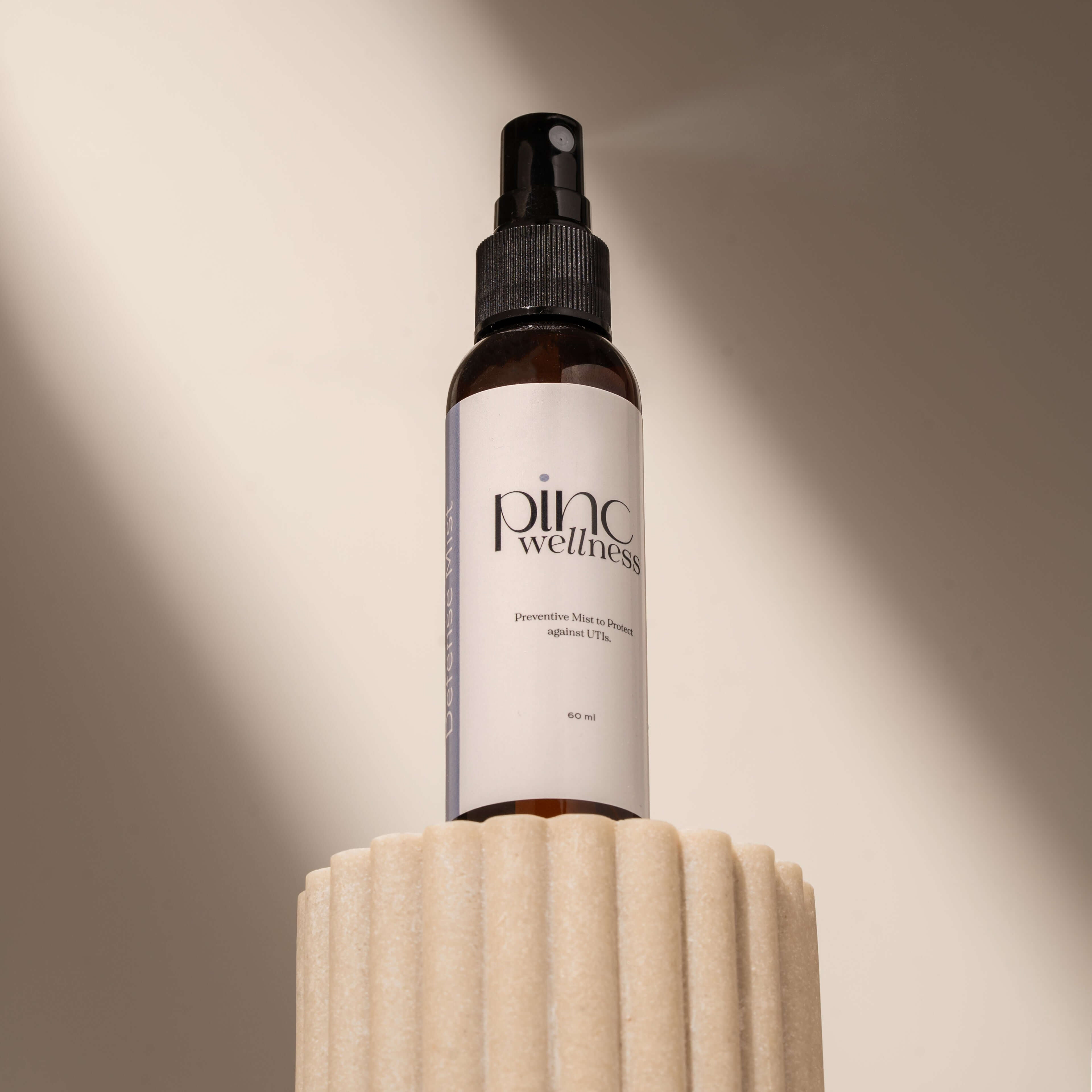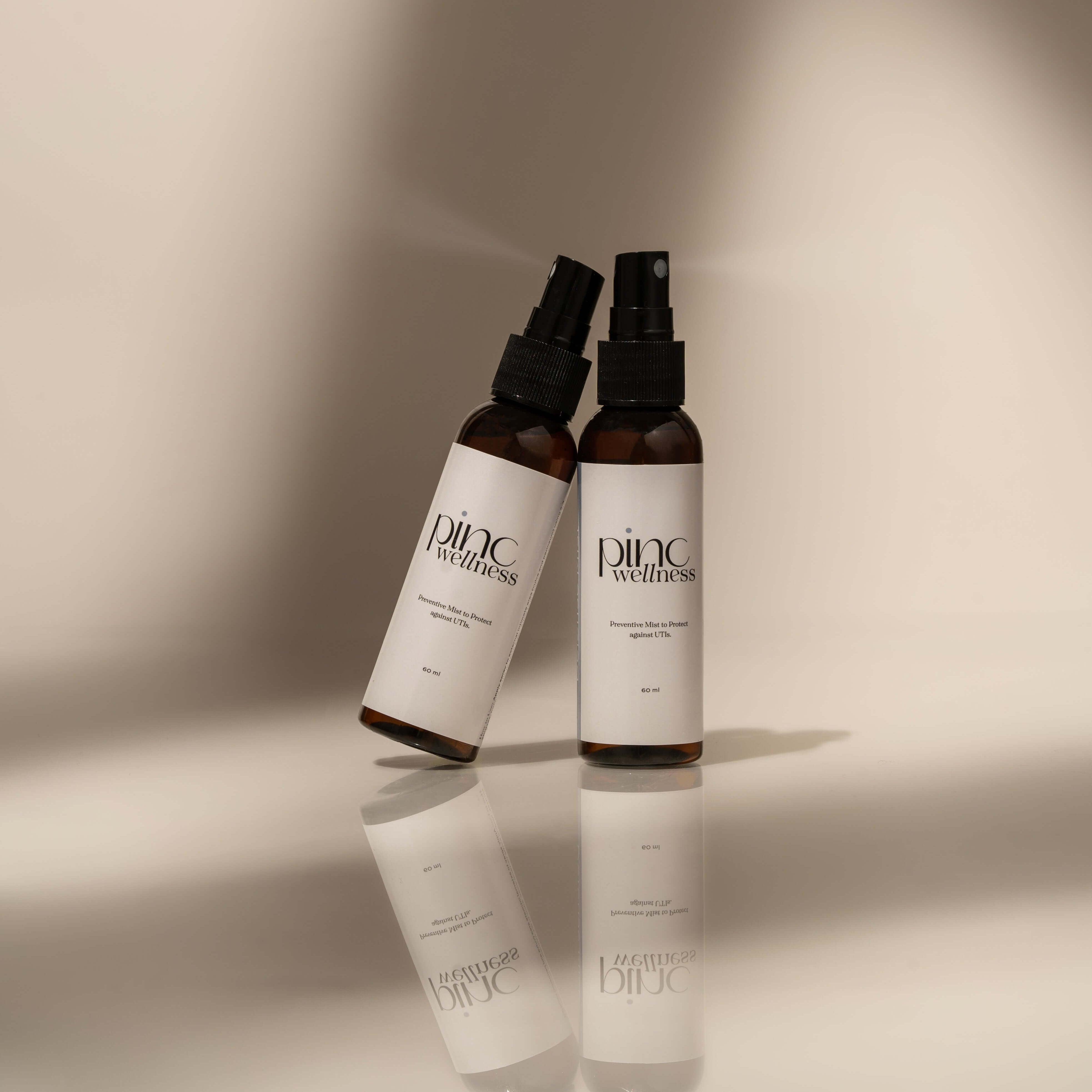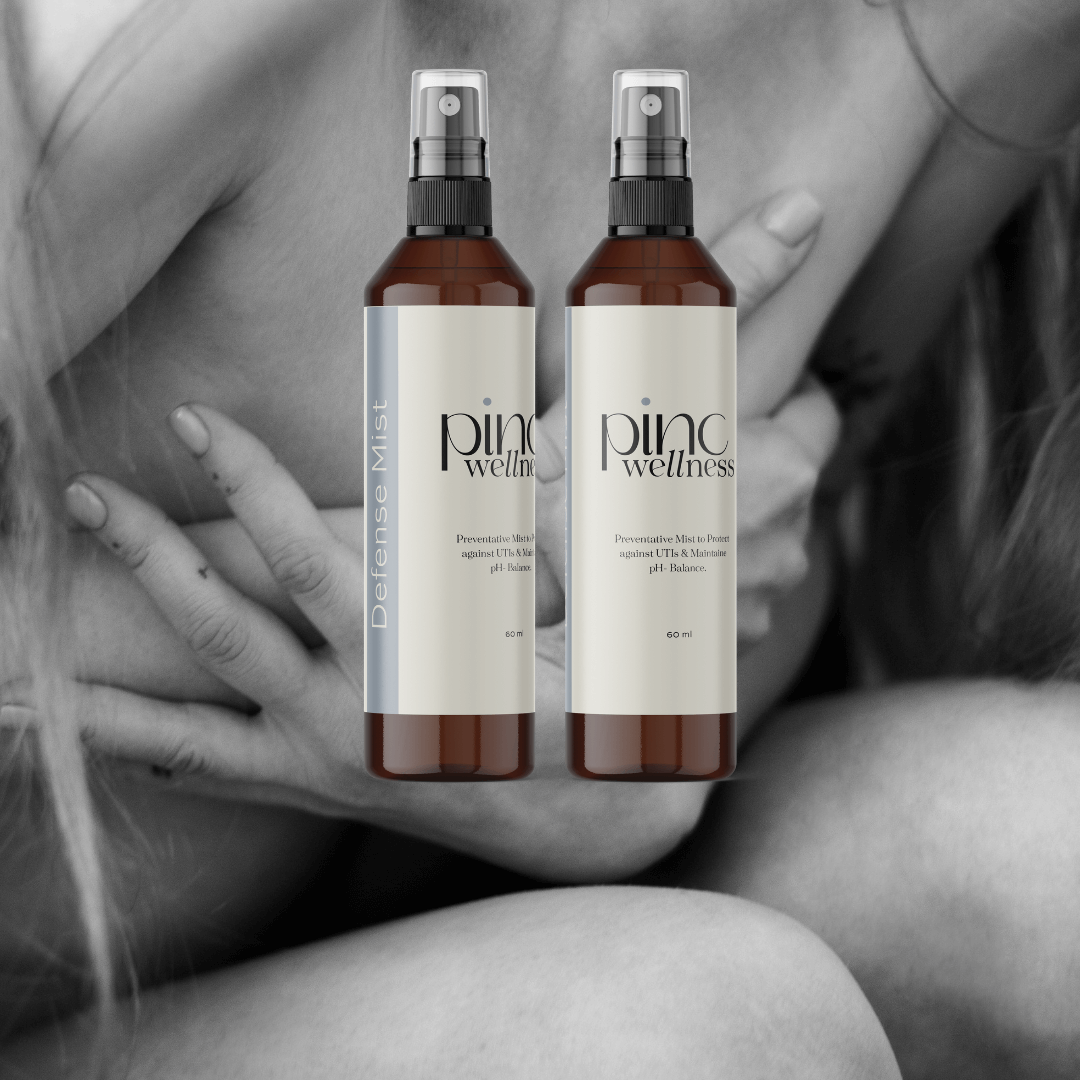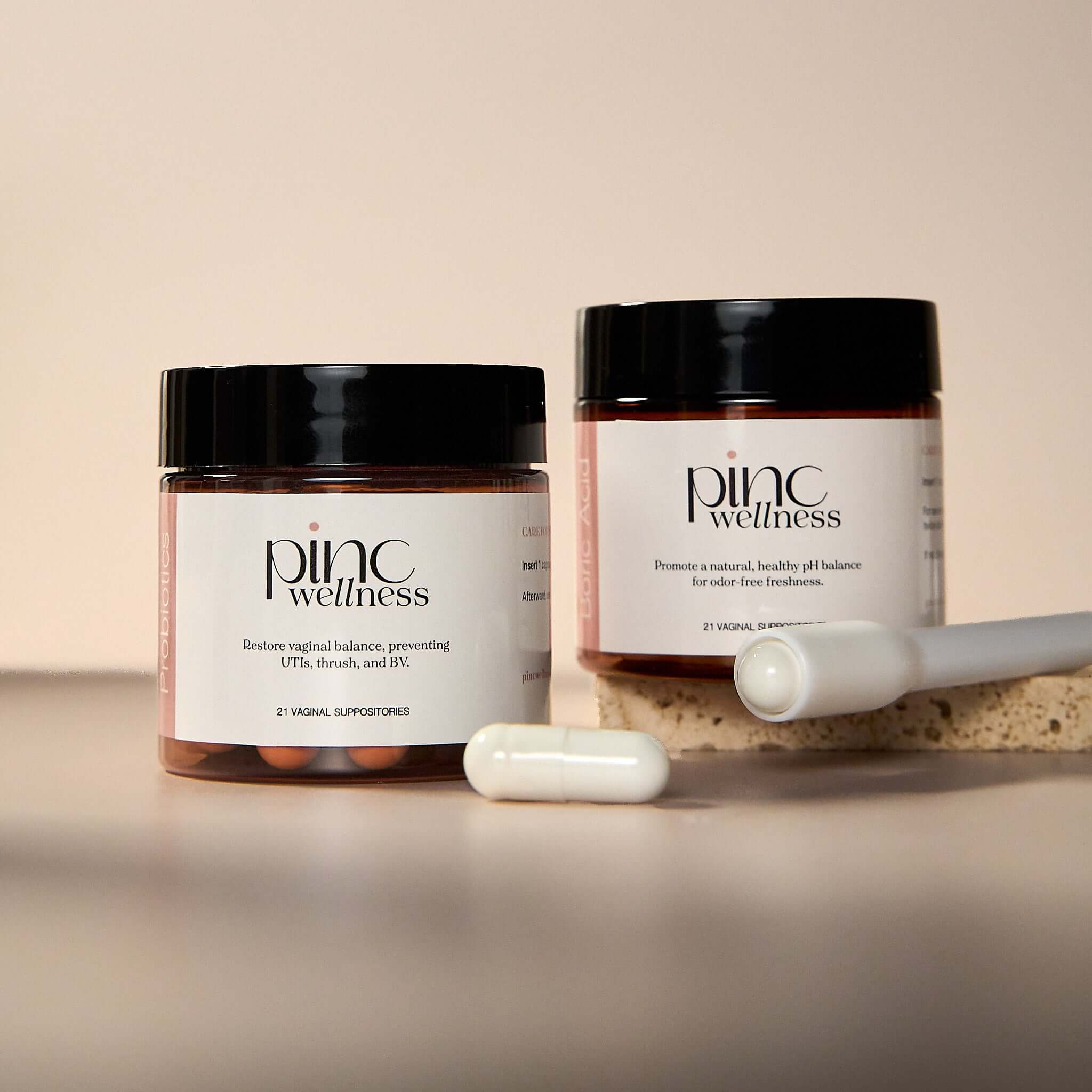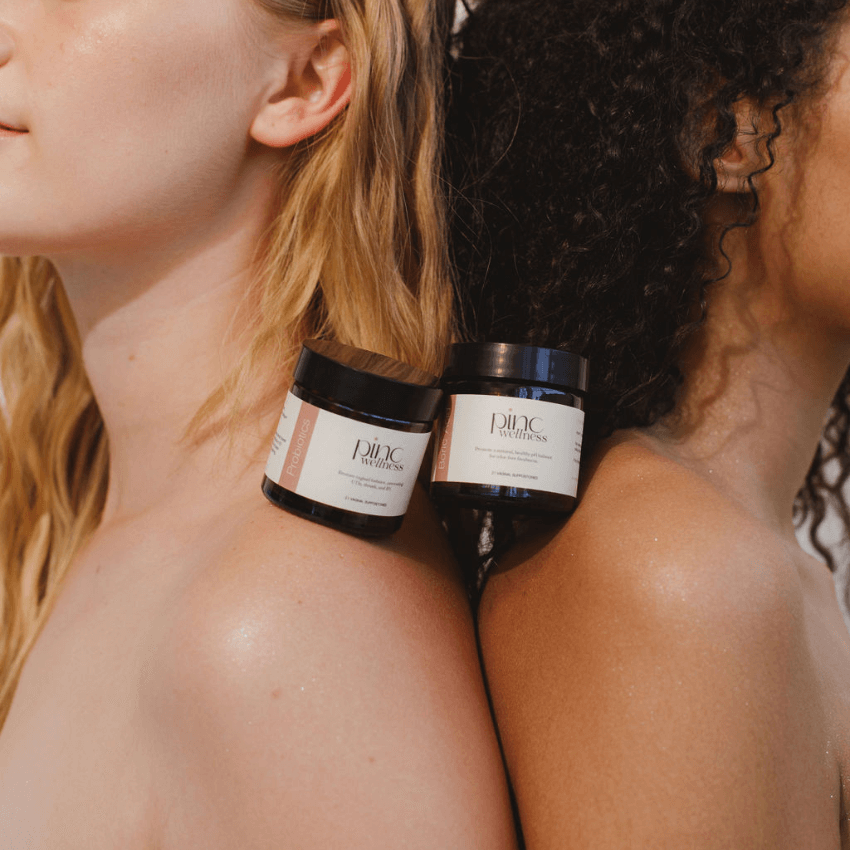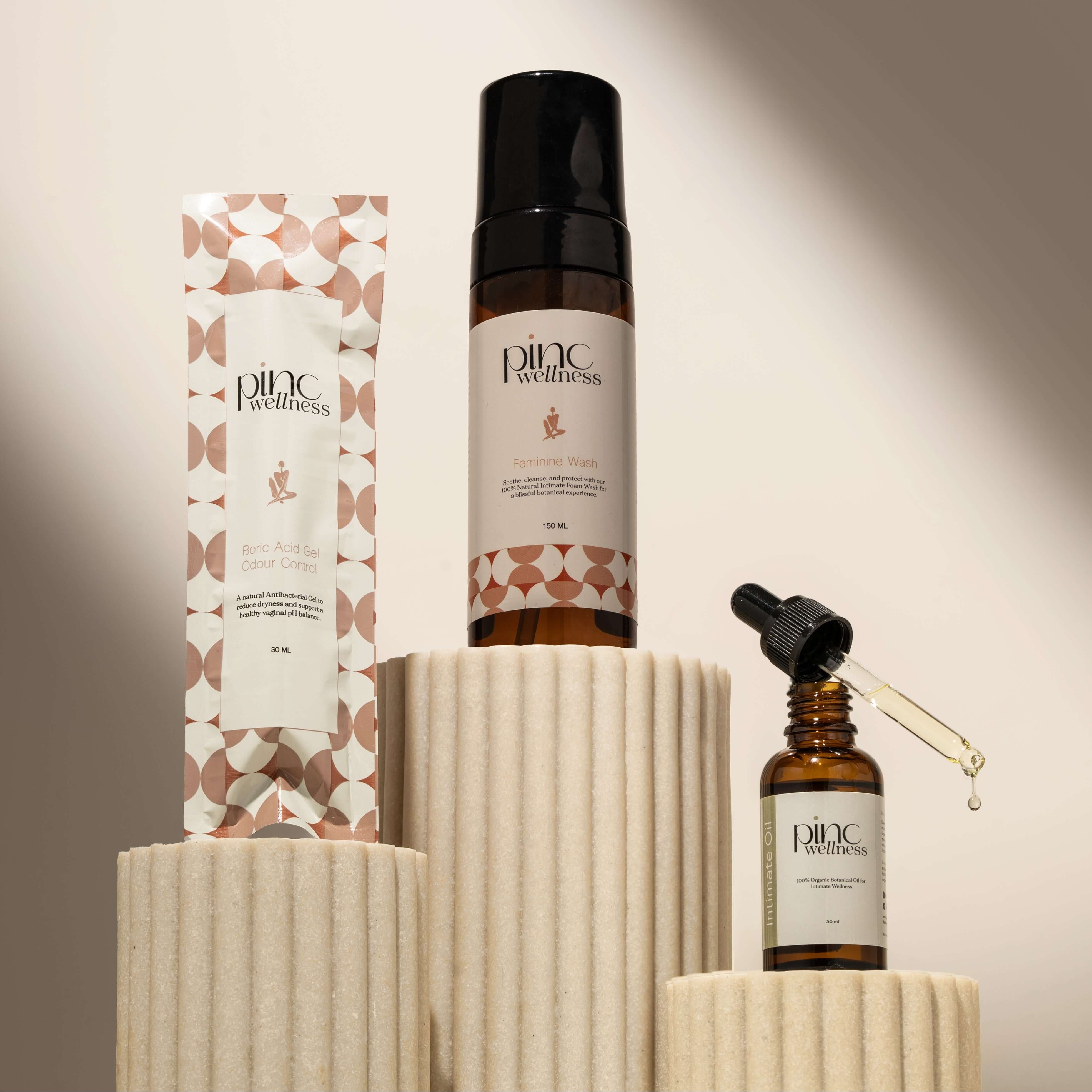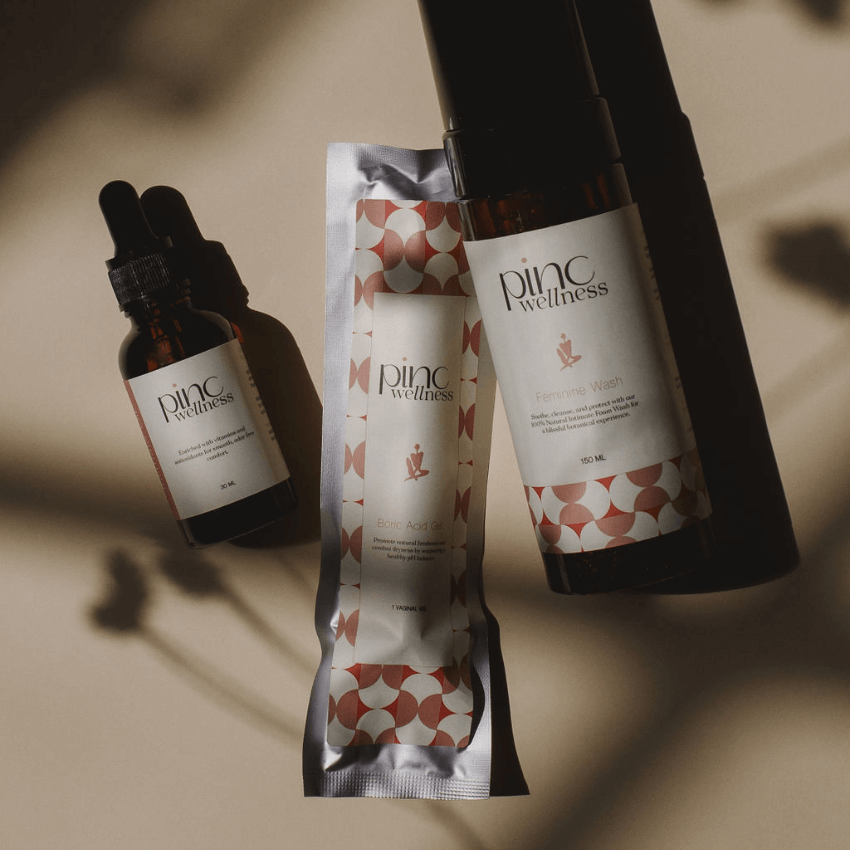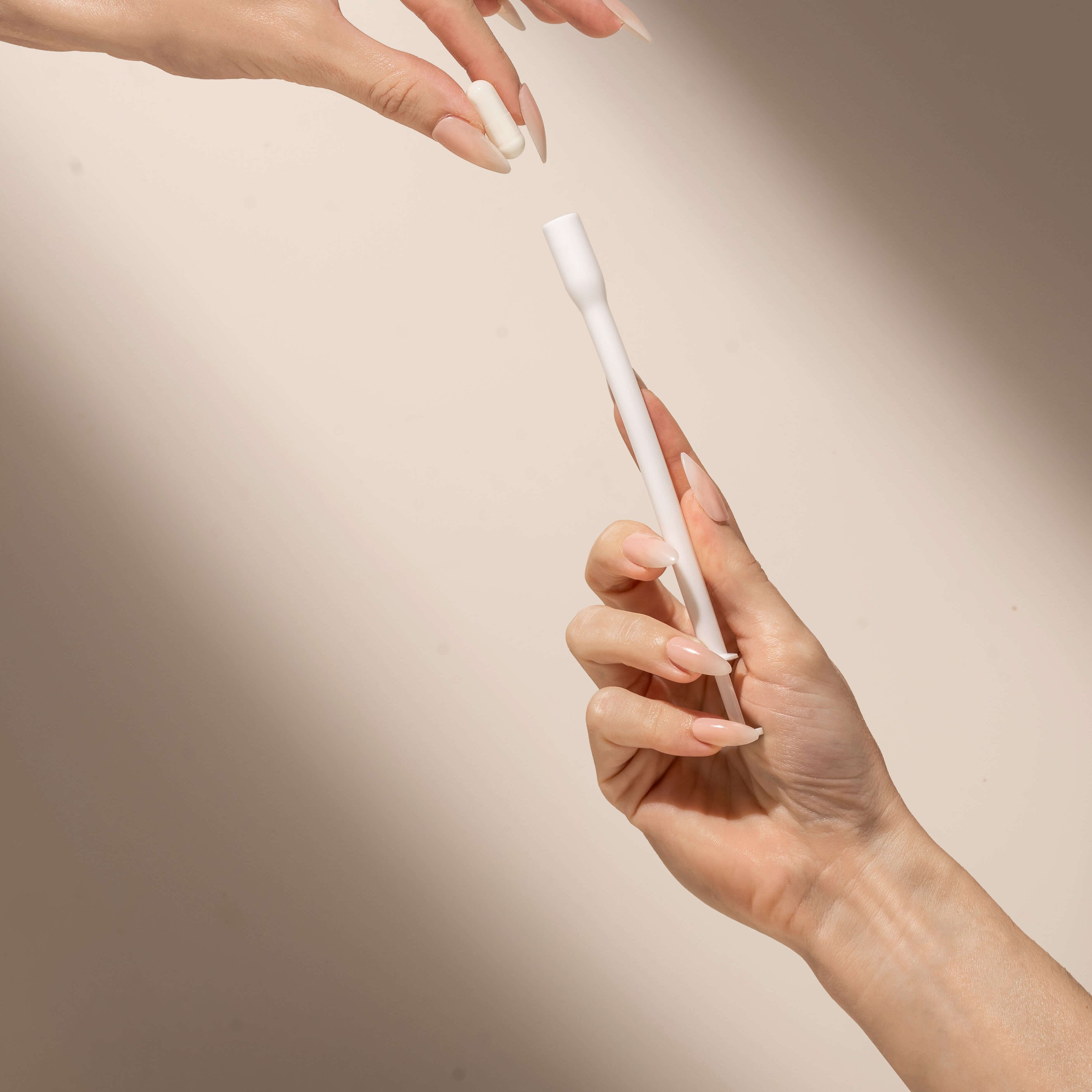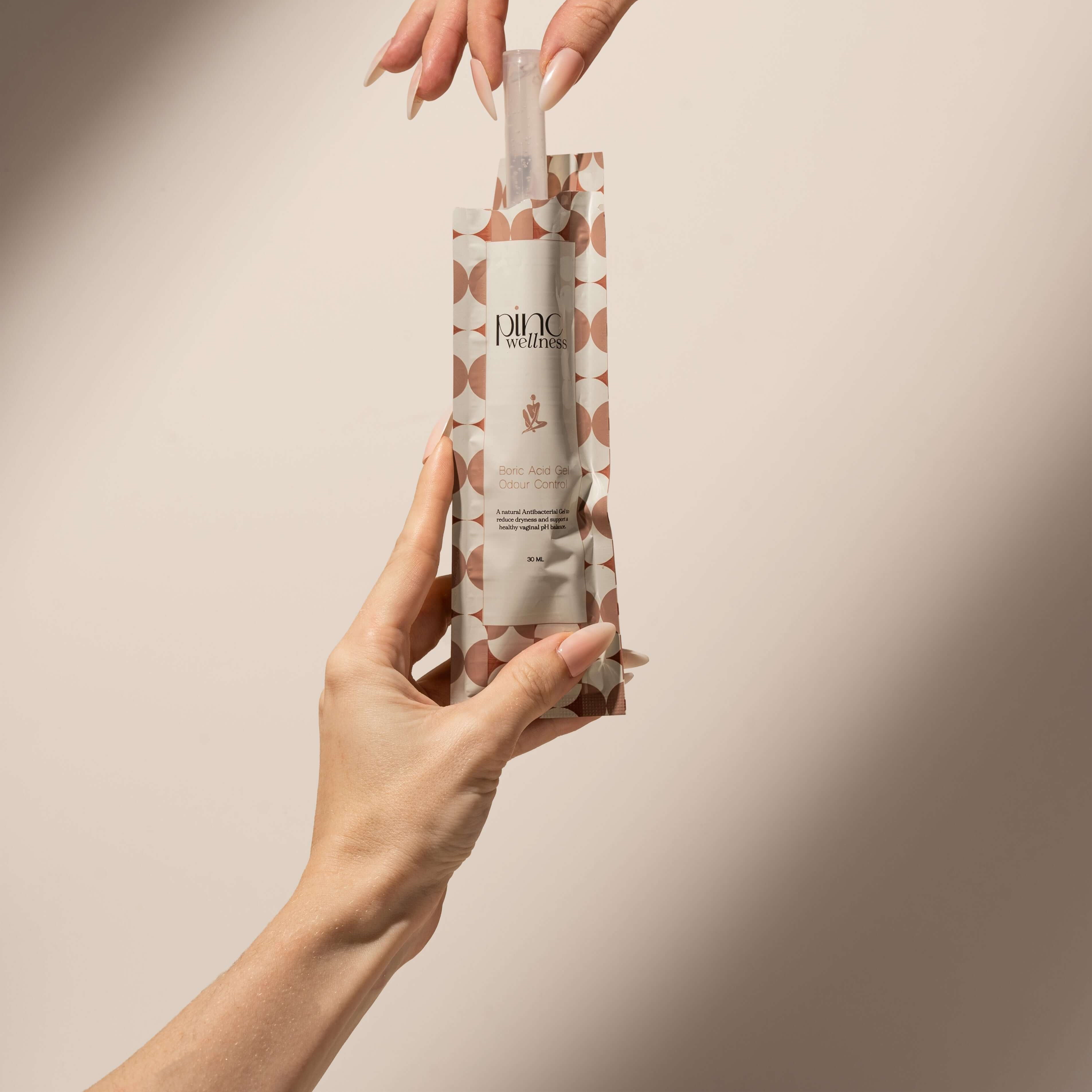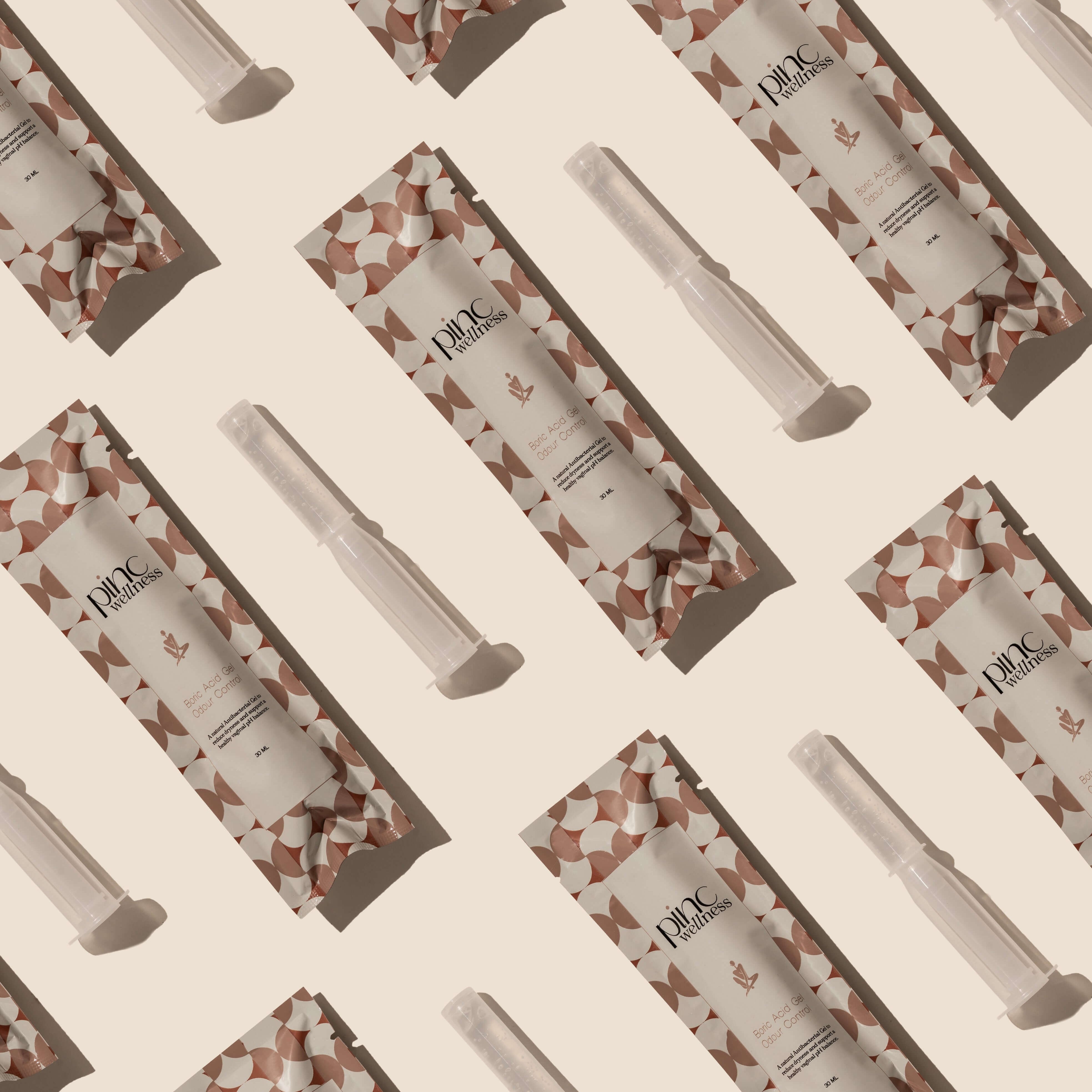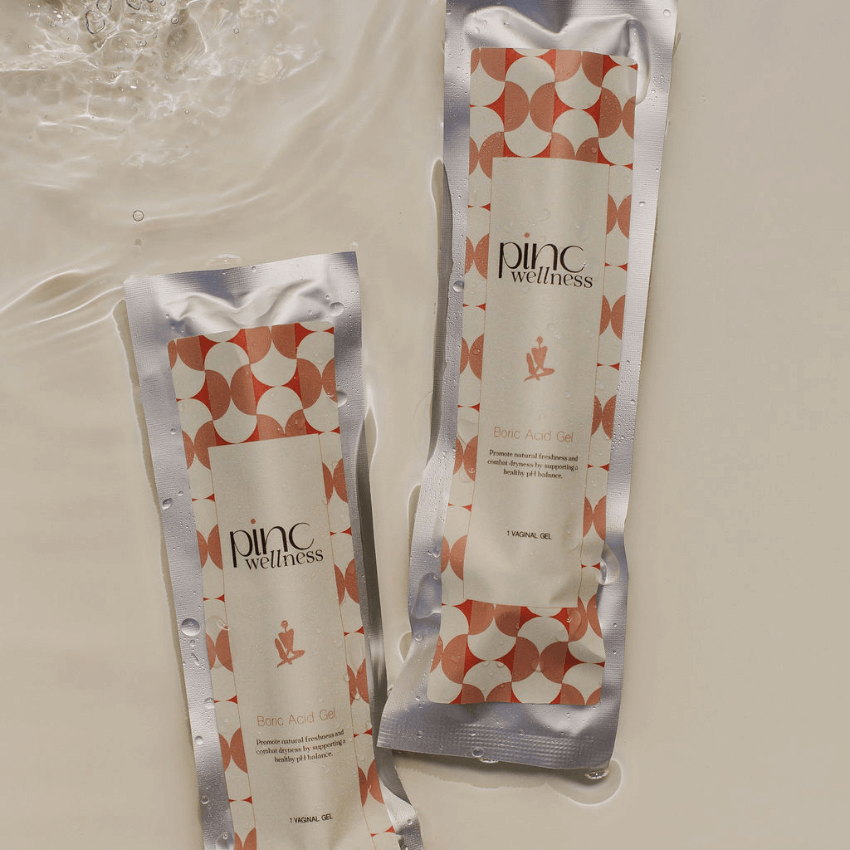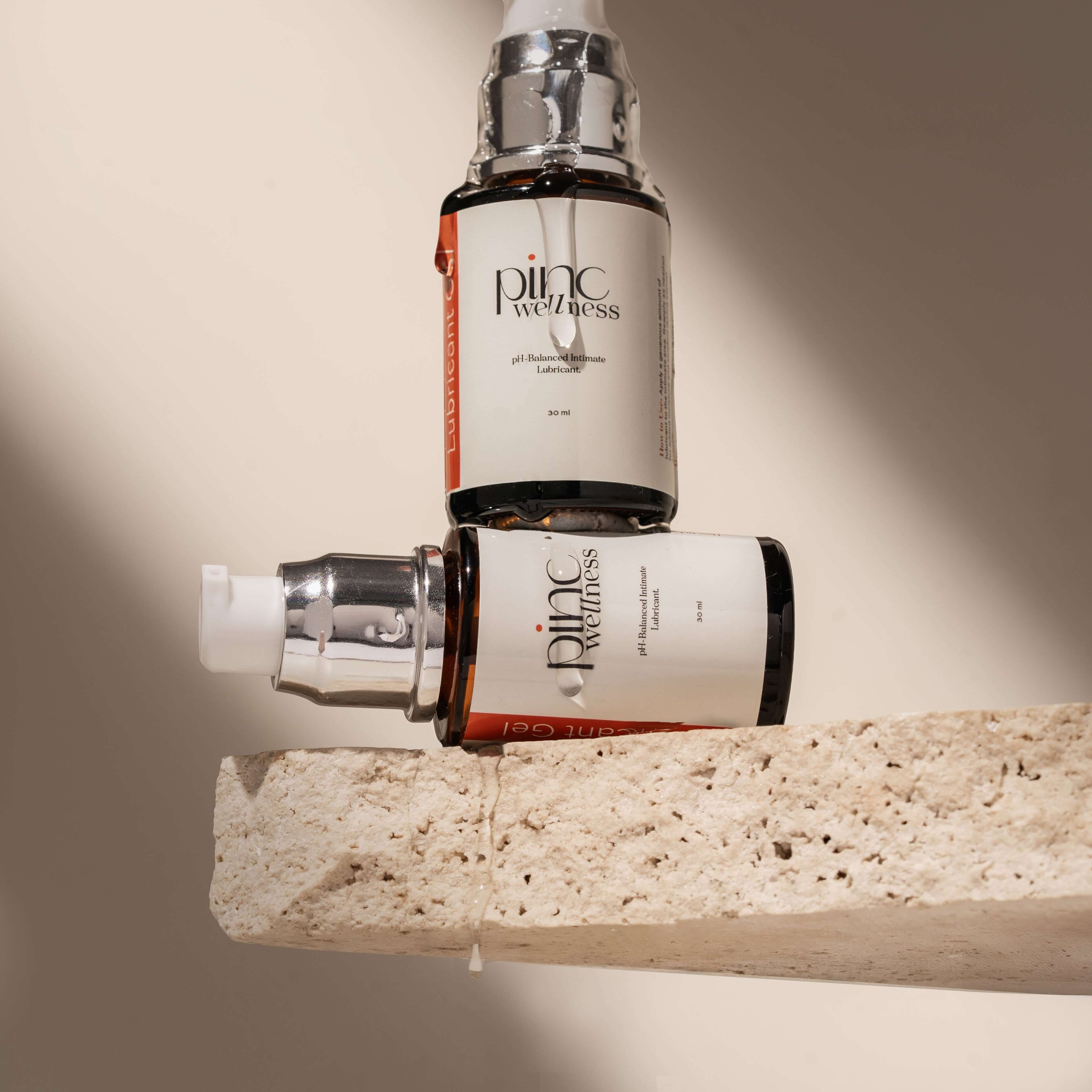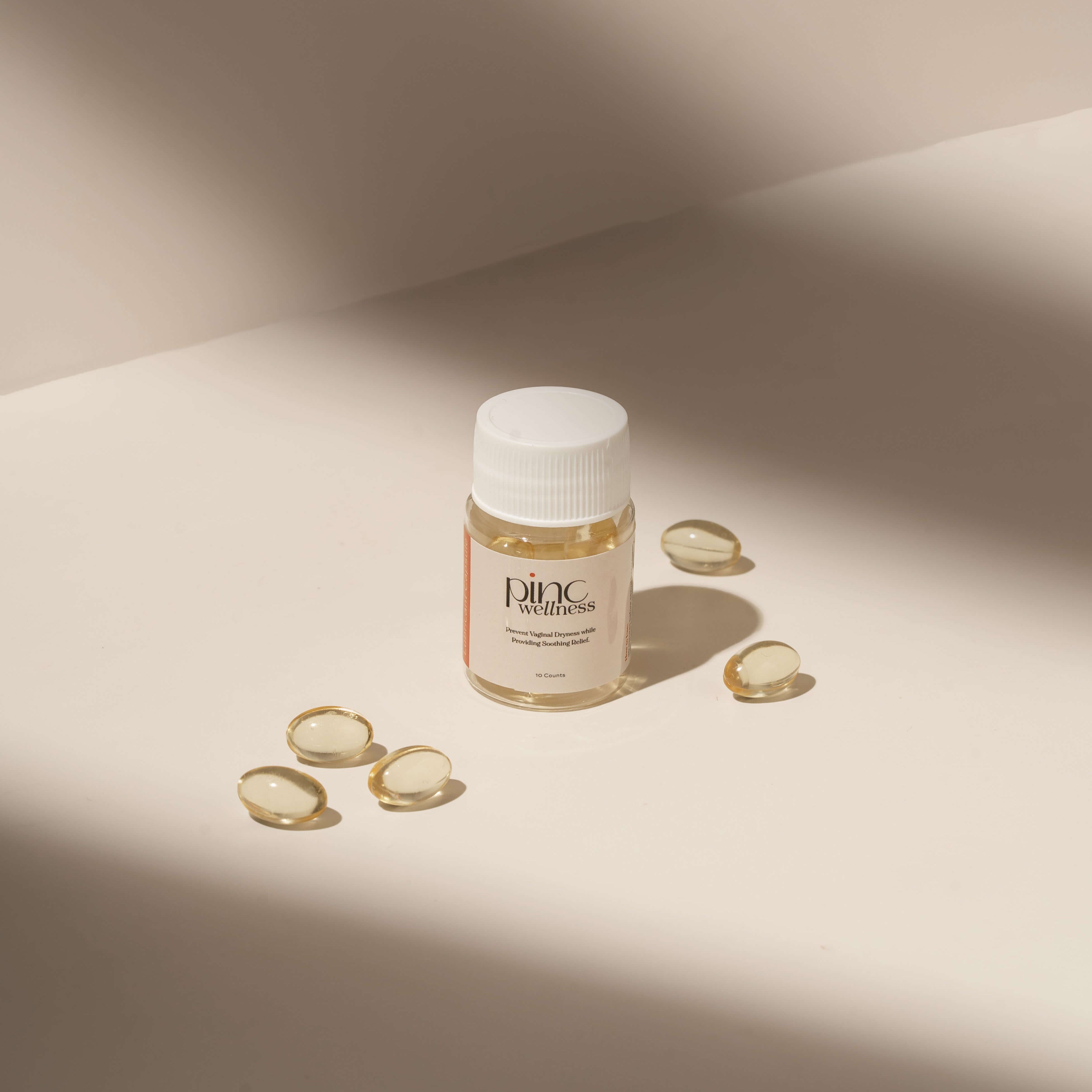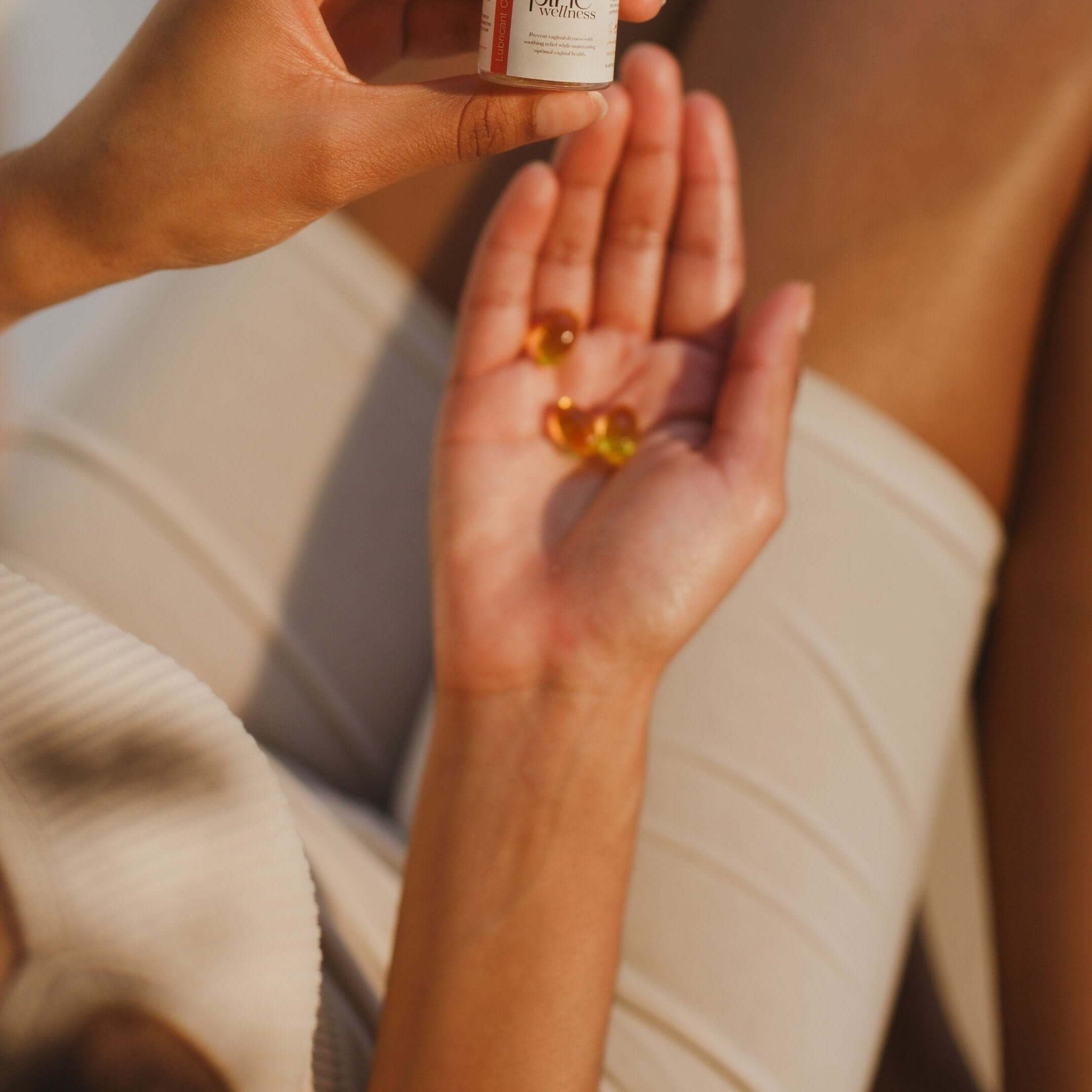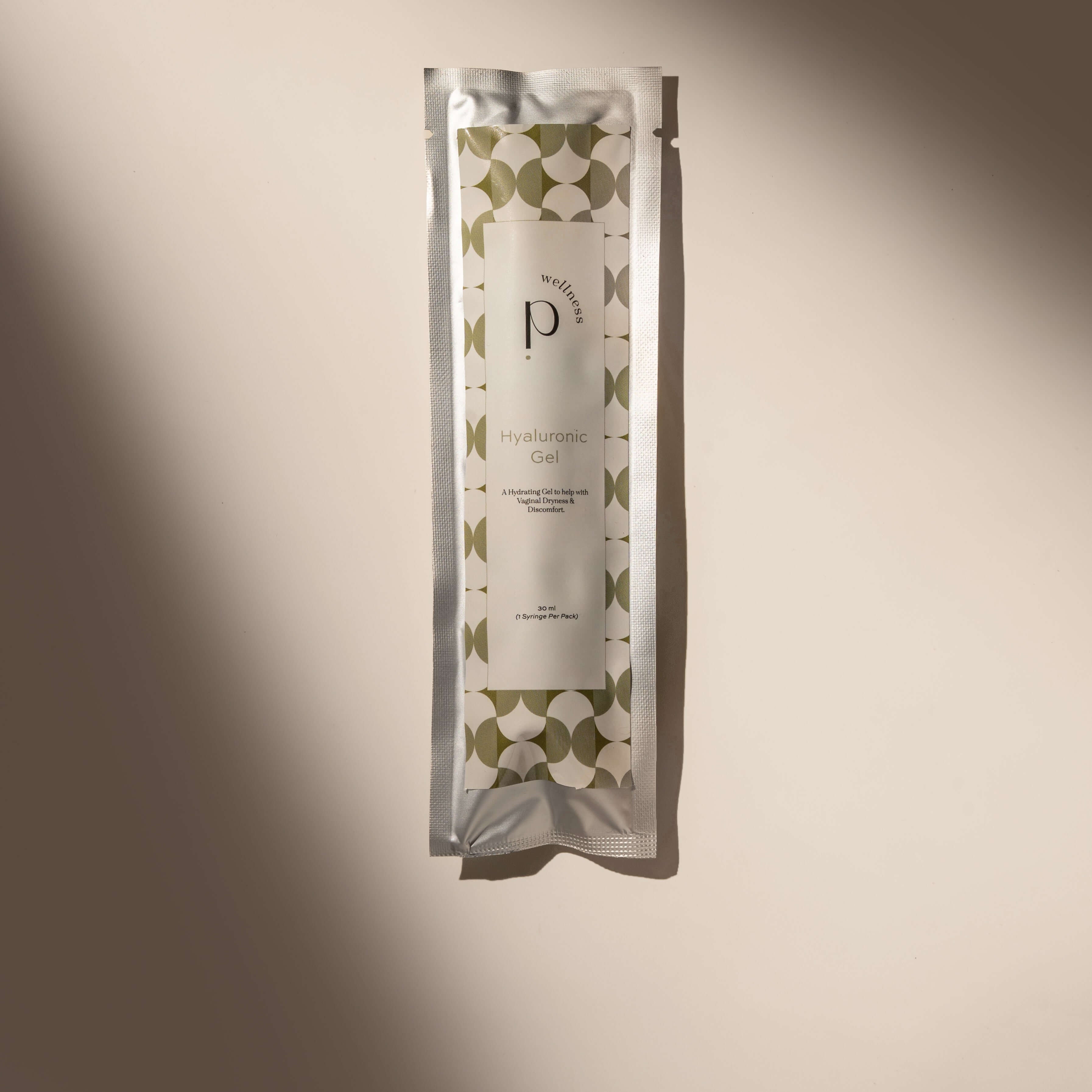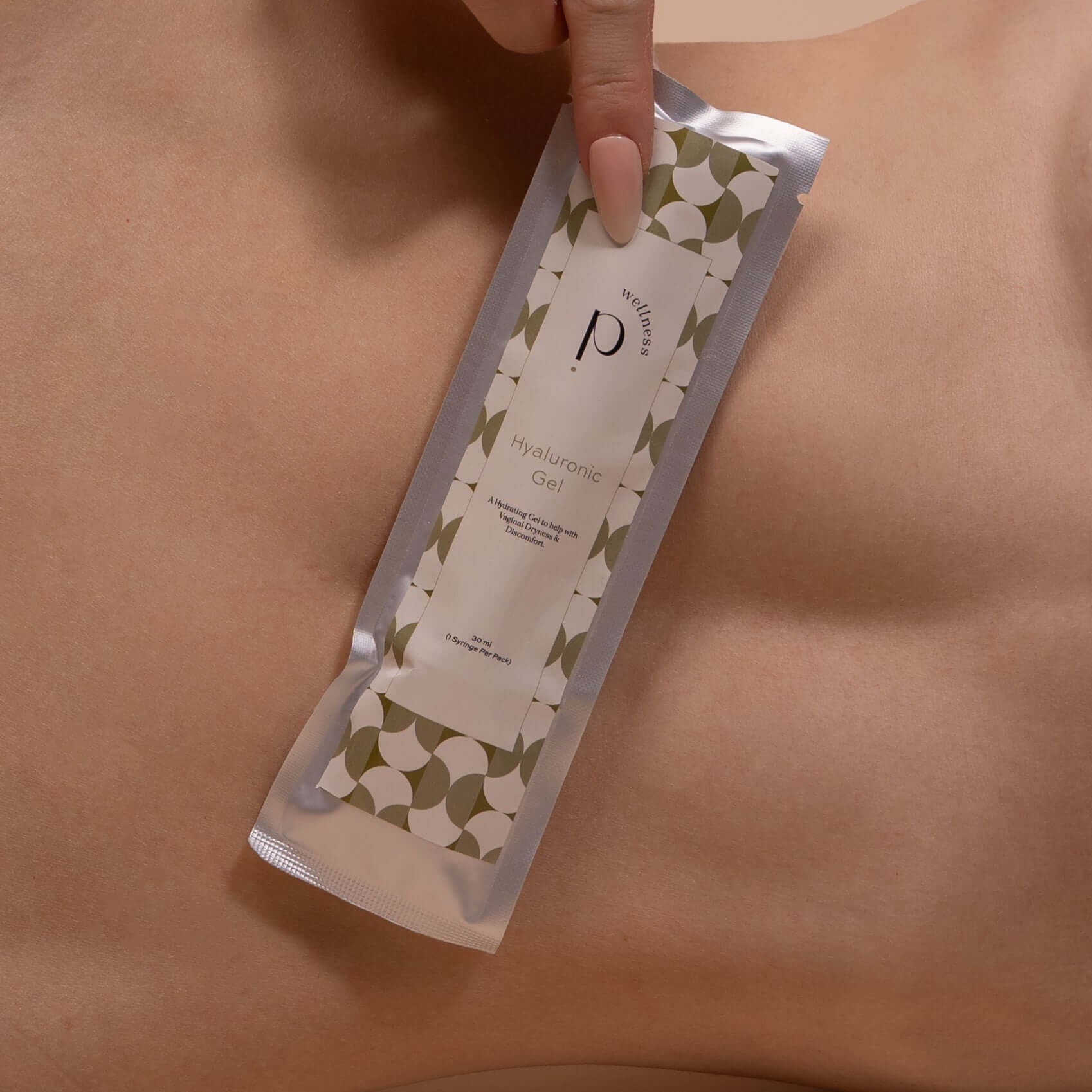Cytolytic Vaginosis (CV) happens when certain types of Lactobacillus bacteria overgrow, making the vaginal environment too acidic. The result? Burning, itching, discomfort, and an increase in discharge.
If you’ve ever been told it’s thrush but treatment didn’t work, CV could be the missing piece. It’s tricky to manage — and quick fixes like baking soda baths or capsules often don’t get to the root of the problem. In fact, they can sometimes make symptoms worse.
Let’s break down what’s going on, and how to approach CV with gentle, effective, and science-led care that respects your body.
What Is Cytolytic Vaginosis?
CV is often confused with yeast infections because the symptoms can look very similar — but the underlying cause is different. Instead of an overgrowth of yeast, CV is driven by:
-
An overgrowth of Lactobacilli, leading to excessive acidification (pH less than 4)
-
Burning, soreness, irritation, and thicker discharge
-
Flare-ups that don’t respond to antifungal treatments
Traditionally, CV has been managed by using alkalising agents like baking soda (sodium bicarbonate) to raise vaginal pH. This might involve taking a baking soda bath or using a suppository.
The challenge? It’s not always practical, it can be hard to get the dose right, and there’s a real risk of irritation or burns from using too much.
Why Baking Soda Isn’t Always the Best Answer
1. Accuracy and safety
A tiny capsule for CV treatment might hold about 150 mg of baking soda — but without a proper scale, it’s easy to get the dosage wrong. Even a small excess can cause chemical burns, as baking soda has a high alkalinity (pH ~9).
2. Symptom persistence
Some women require antibiotics such as clindamycin if a strain like Lactobacillus iners is present. Simply raising pH doesn’t always address inflammation, tissue healing, or underlying imbalances.
3. Holistic factors overlooked
Your diet, hormones, and hygiene habits all influence CV. Treating with baking soda alone doesn’t take these into account — which is why symptoms may return.
A Gentler, More Complete Approach to CV Care
Instead of only focusing on pH changes, supporting the vaginal microbiome and soothing irritated tissue can help prevent flare-ups and promote long-term balance.
Here are some supportive steps you can take:
Daily microbiome-friendly cleansing
A gentle Probiotic Intimate Wash can maintain a healthy vaginal pH (3.5–4.5) without stripping away natural defences. Look for a formula with:
-
Lactobacillus ferments to encourage beneficial bacteria
-
Aloe vera and chamomile to calm irritation
-
Hydrating properties to support healing
Unlike baking soda baths, this can be used daily — without risk of burns or over-alkalising.
pH stabilisation when appropriate
Boric Acid Suppositories are a well-researched option for restoring a healthy vaginal pH — particularly for conditions like BV and thrush. While they aren’t a treatment for CV itself, they can help when other imbalances are present alongside CV. Always follow medical guidance for use.
You can read more about boric acid and its role in vaginal care here.
Lifestyle and hygiene support
-
Diet: Cutting down on sugar, alcohol, and dairy may help reduce imbalances. Be cautious with probiotic supplements and fermented foods — they can worsen lactobacilli overgrowth in CV.
-
Hygiene: Avoid scented soaps, bubble baths, and douching.
-
Fabric choice: Opt for breathable underwear like Bamboo Cheeky Briefs or Bamboo Thongs to prevent moisture build-up.
Why This Works Better Than Baking Soda Alone
| Baking Soda Baths/Suppositories | Gentle, Holistic CV Care | |
|---|---|---|
| Safety | Risk of burns from incorrect dosing; inconvenient baths | Safe daily cleansing and microbiome support |
| Microbiome | No bacterial balance support | Encourages beneficial bacteria |
| Symptom Relief | Reduces acidity but not inflammation | Soothes and hydrates tissue |
| Holistic Care | Limited to pH change | Includes diet, hygiene, and lifestyle guidance |
| Long-Term Use | Not recommended continuously | Gentle enough for daily use |
Putting It All Together
-
Cleanse daily with a gentle, microbiome-supportive wash
-
Follow dietary and hygiene tips to avoid triggering flare-ups
-
Use boric acid only when recommended by a healthcare professional
-
Track symptoms and patterns so you can spot changes early
Final Thought
CV can be frustrating — especially if you’ve been treating “thrush” for months without results. The key is understanding your body’s natural balance and working with it, not against it.
Gentle cleansing, hydration, and holistic support can help you move past short-term fixes and towards lasting comfort.

